Discover sustainable lingerie options & learn about the environmental impact of traditional lingerie in Brown Living's blog post. Make conscious choices for your lingerie. The ongoing global health crisis has had more than just an economic effect on industries and people. This worldwide phenomenon has led to an increase in conversations around sustainability and the need for conscious conservation. Growing awareness has led to a shift in not only responsible operations across industries but also in consumption patterns. With the emerging demand for slow and ethical fashion taking precedence, consumers are gravitating towards brands that allow them to practice sustainability with style.
Parallelly, the entire fashion segment has also become more cognisant of the body-positive movement. One such sub-sector to align to this movement rapidly, has been the global lingerie industry. Inclusive, size-friendly initiatives in the lingerie sector have brought this industry into much focus recently.
While the intention is in the right direction, fact remains that the attempt to stay relevant has led brands to push for higher productions and introduce new collections frequently. A direct impact of this has been the growing number of unsustainable undergarments that eventually end up in landfills once a particular style is saturated or when the fashion season ends.
According to the Environmental Protection Agency, the global apparel industry (including lingerie), generates 15 million tons of textile waste per annum, from which a meagre 2.62 million tons are recycled. Apart from the obvious environmental repercussions, the undergarment industry has also been steeped in controversy over the use of unethical production means such as child labour, low wages, and unfair trade practices.
The global apparel industry (including lingerie), generates 15 million tons of textile waste per annum, from which a meagre 2.62 million tons are recycled.
Champions of sustainability have changed the way this industry and its products are being looked at. While the transition to waste-free processes is not an easy or overnight one for large-scale brands, several small-scale market disruptors are successfully adopting a conscious model of manufacturing sustainable, fair-trade lingerie.

Closer to home, the conversation around sustainability and inclusivity broadens in context. Beyond the need for Earth-friendly and all-size inclusion, the wide socio-economic gap also factors in as a cause of concern.
Almost 70% of India lives in rural areas. Women belonging to such regions do not have access to the basic right of proper sanitation and undergarments - A bare minimum requirement for the menstruating segment of this population.
With several attempts being made to bridge these gaps, some conscious, local brands have been working actively to develop holistic solutions. One such trailblazer that has successfully developed an end-to-end sustainable and inclusive model is Wear Equal. This local undergarment brand originated with the thought of providing good quality, skin and earth-friendly women’s underwear across rural India.
Brown Living spoke to Preeta Chaudhary Ghoshal, Founder & Business Leader of Wear Equal, for some valuable insights on how this innovative venture is changing the face of sustainability and inclusivity in the Indian market. Read on to know more:
1. Could you navigate us through your journey? What discoveries inspired Wear Equal to come about?
“Prior to Wear Equal, I worked in the social development sector where I often interacted with the rural populace closely. It is here that I discovered the huge socio-economic gap when it comes to women’s hygiene and menstruation safety. It was noted that despite providing them with sanitary pads, they would often go unused, as these women often lacked access to undergarments. Lack of financial freedom played a big role too. This was my primary motivation towards conceptualising Wear Equal. The second and equally alarming discovery was the one we made during our commercial market research. In India, the entire lingerie sector is a highly price-sensitive market. The price of an undergarment is directly proportional to its quality, posing as a potential hygiene risk for those who may not be able to afford high-end lingerie. There exists a strong need-gap for affordable, high-quality undergarments which is an important lifestyle essential.”
2. How do you incorporate sustainability into your business model?
“We have been quite clear in our vision and execution. It was always our intention to work with upcycled, organic fabric. In an effort to make quality undergarments affordable to everyone, we use certified organic fabric realms that are leftover from manufacturing units. As undergarments do not require large quantities of cloth, the unused fabric from such factories is more than enough to create our collections. So far, we have already managed to save around 853 kgs of fabric from going to waste! Not only do we help reduce textile waste and eco-pressures, but also helps us maintain the highest level of hygiene during treatment of the fabric.”
3. Who is your primary customer base & how do you ensure that your products reach rural areas effectively?
“On the social front, we have aligned with NGOs that have a wide rural outreach and are working to provide effective menstrual and intimate hygiene aid to women of these regions. They collaborate with us to ensure timely reach of these undergarments while also educating them on their uses. Commercially, we see the most responses from women of a younger audience, primarily between the 18-35 age group. We attribute this to two reasons. Our cause and values tend to resonate effectively with a younger, more informed audience who is directly affected by the gaps we are trying to fill. Secondly, we have also seen newer customers gravitate towards the brand purely for quality purposes and out of personal preferences. That being said, the principles of inclusivity we endorse, make Wear Equal an eligible and accessible brand across women of all age-groups and social strata.”
As conscious individuals, every consumption decision comes down to the question- ‘What can I do to help?’ It is imperative here, to be mindful of the fact that what we buy decides what industries produce. The answer simply lies in making planet-friendly choices and consuming sustainably, while supporting local brands that resonate with your ideology.
Built on the ethics of circular economy, Wear Equal undergarments are made from 100% up-cycled cotton fabrics using zero-waste production techniques, completely aligned with GOTS certifications. They are hypo-allergenic, affordable, and durable. You can check out their collection here.
View our IG TV Live with Preeta here:




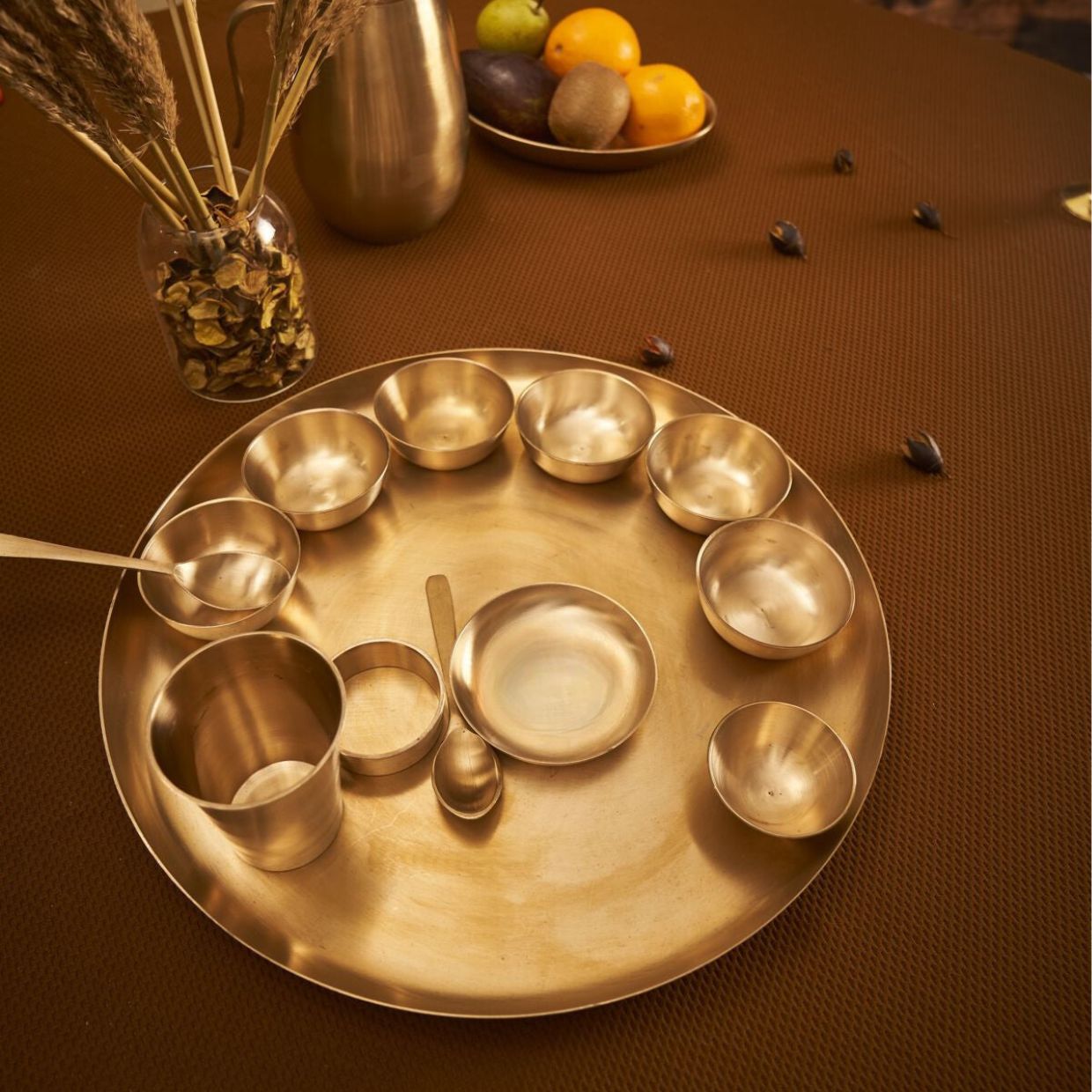
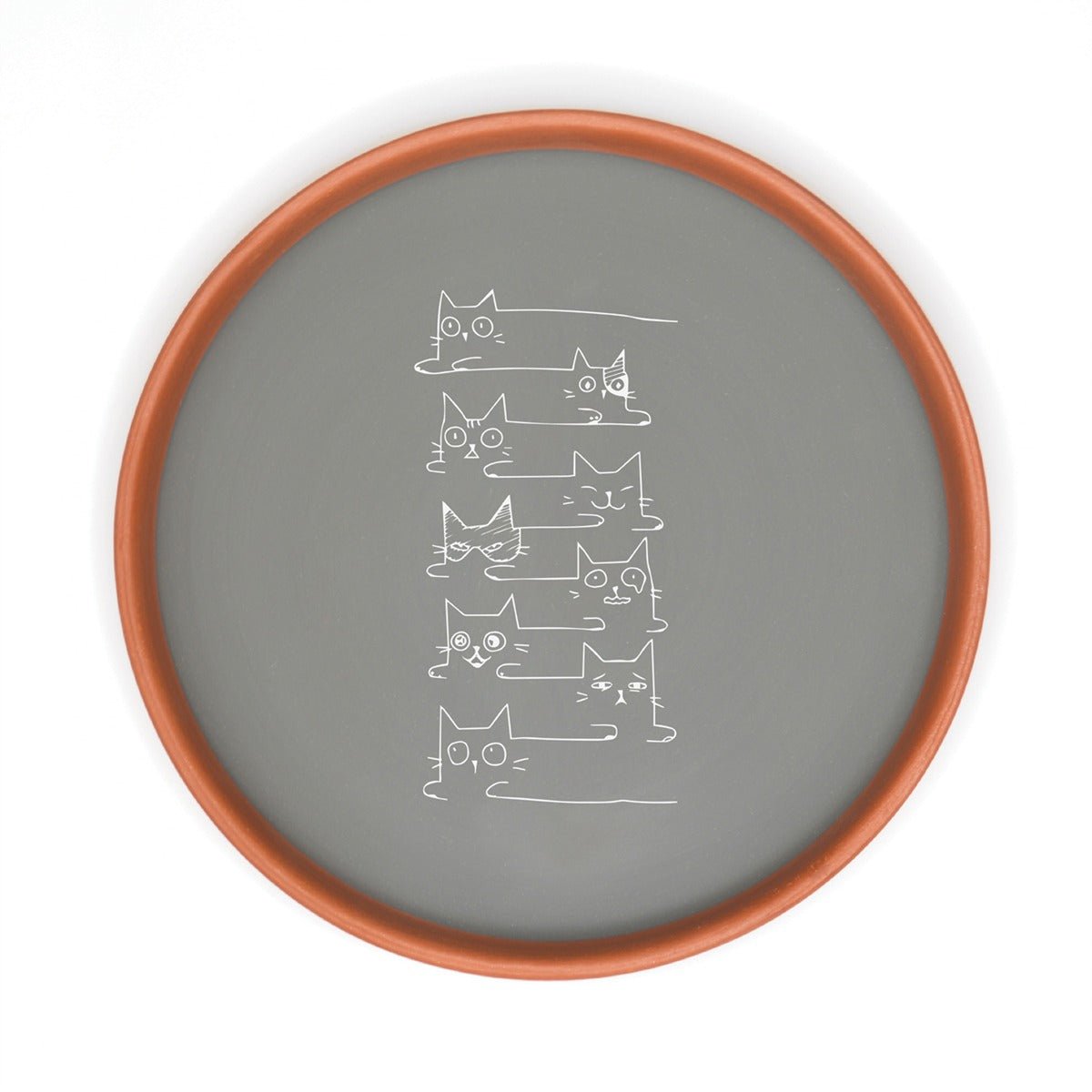
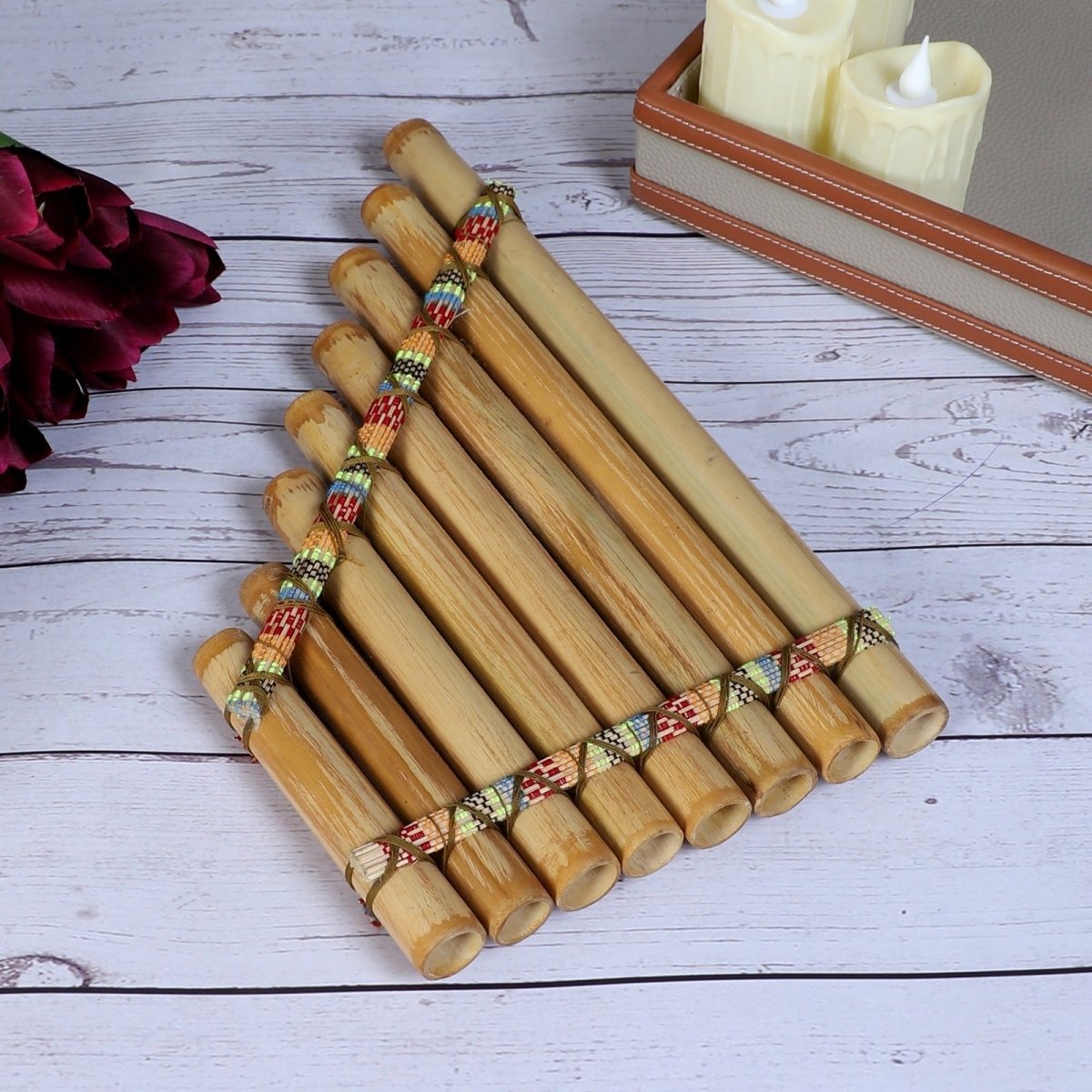

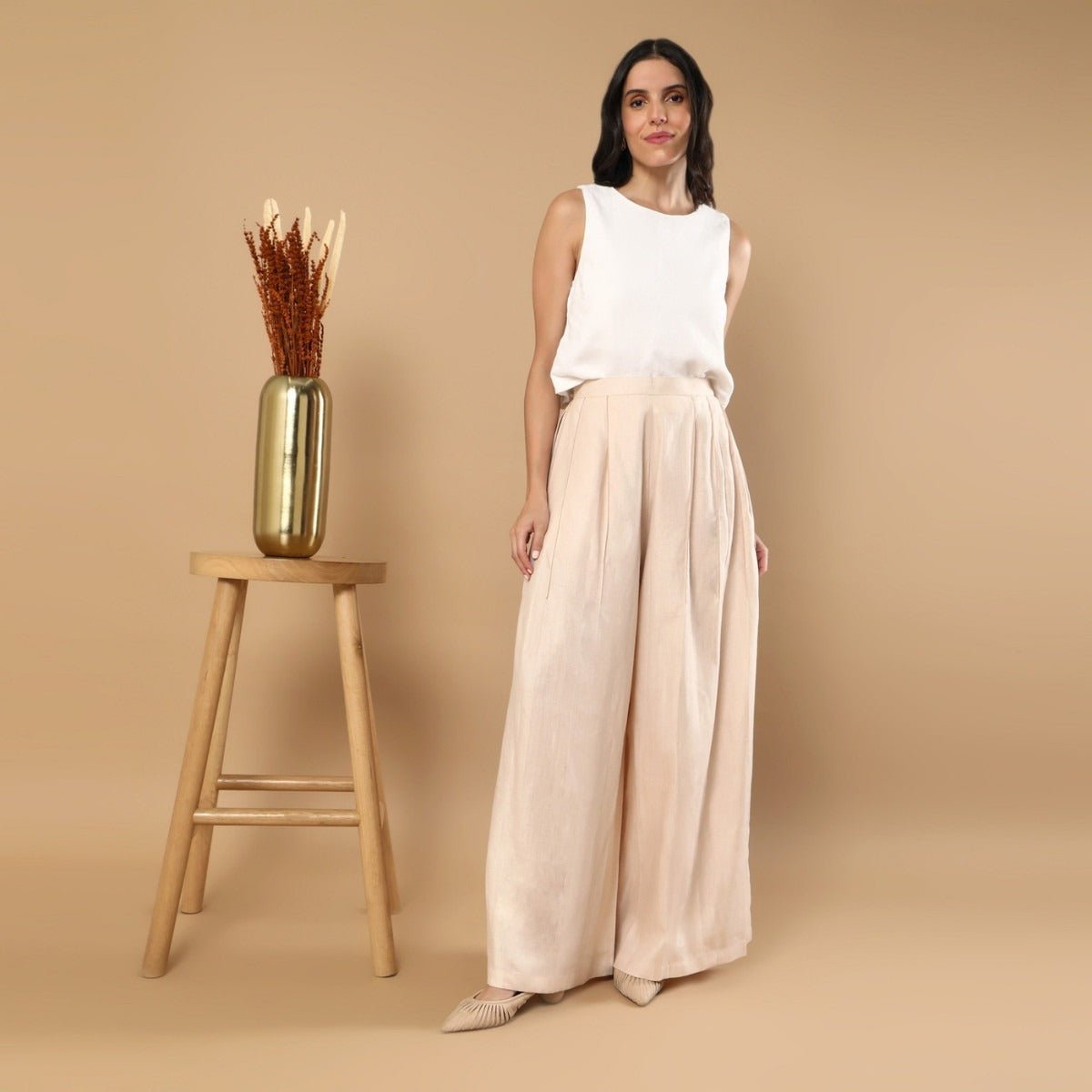
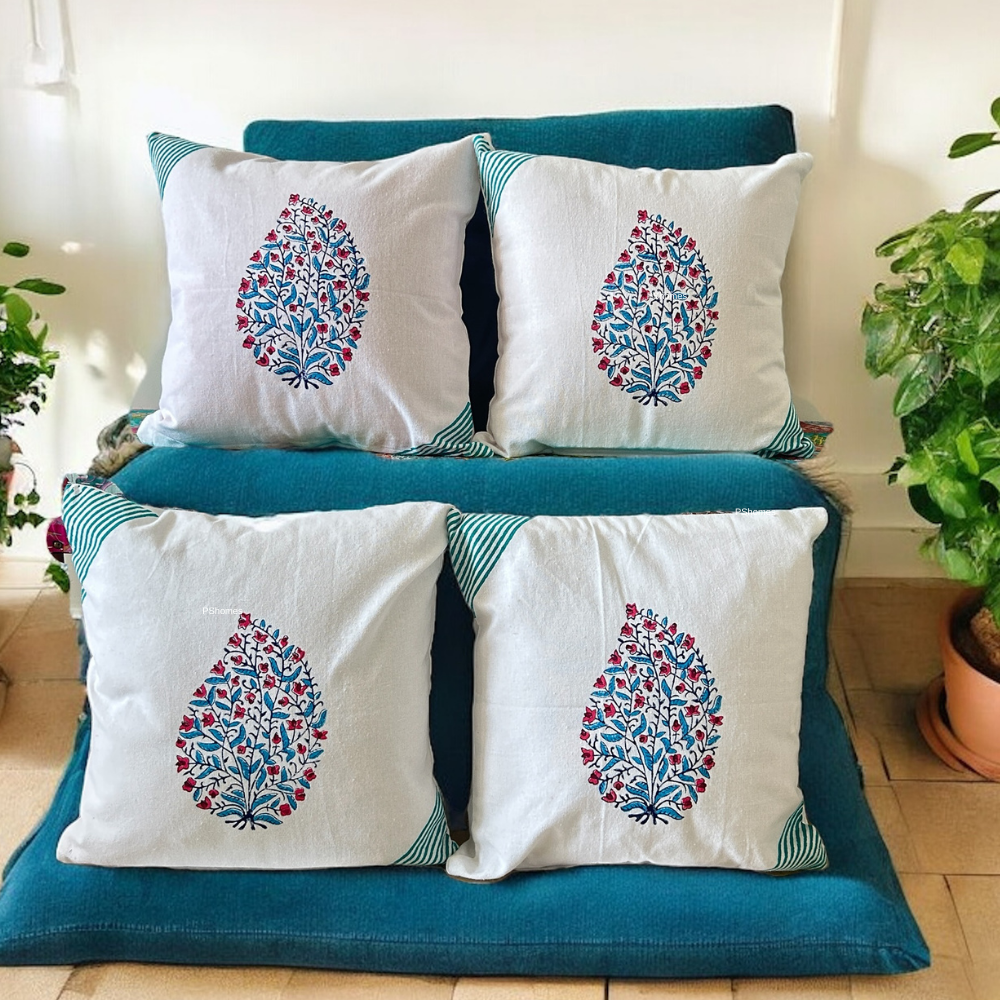
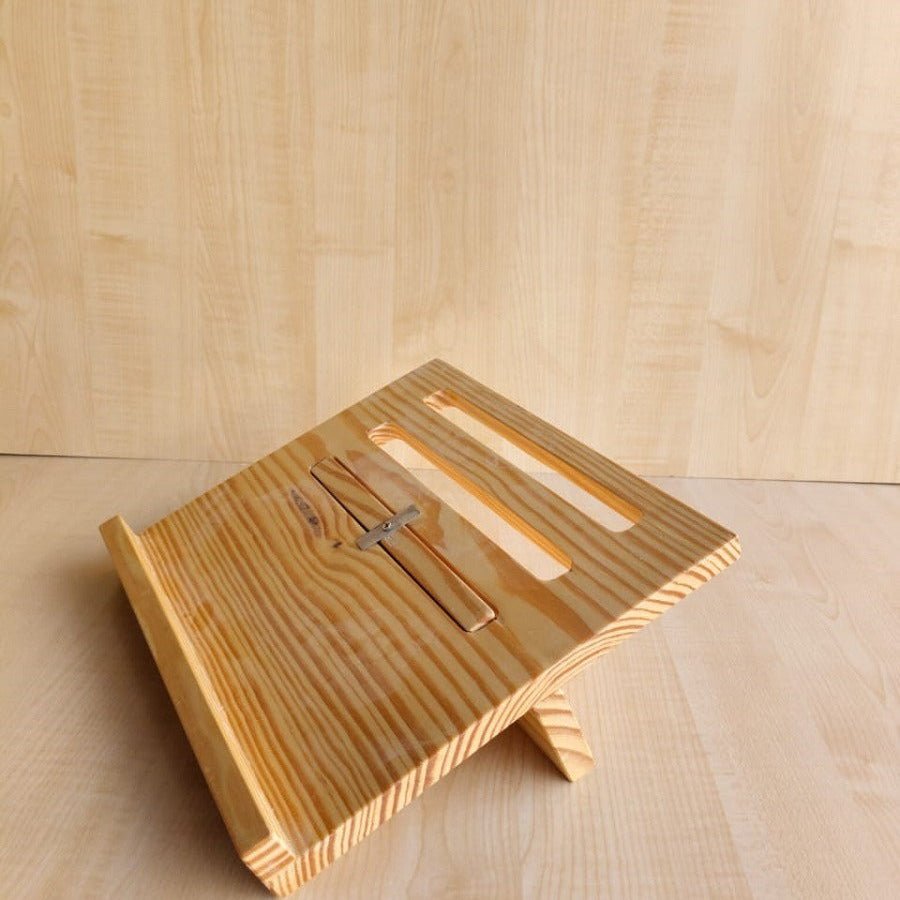
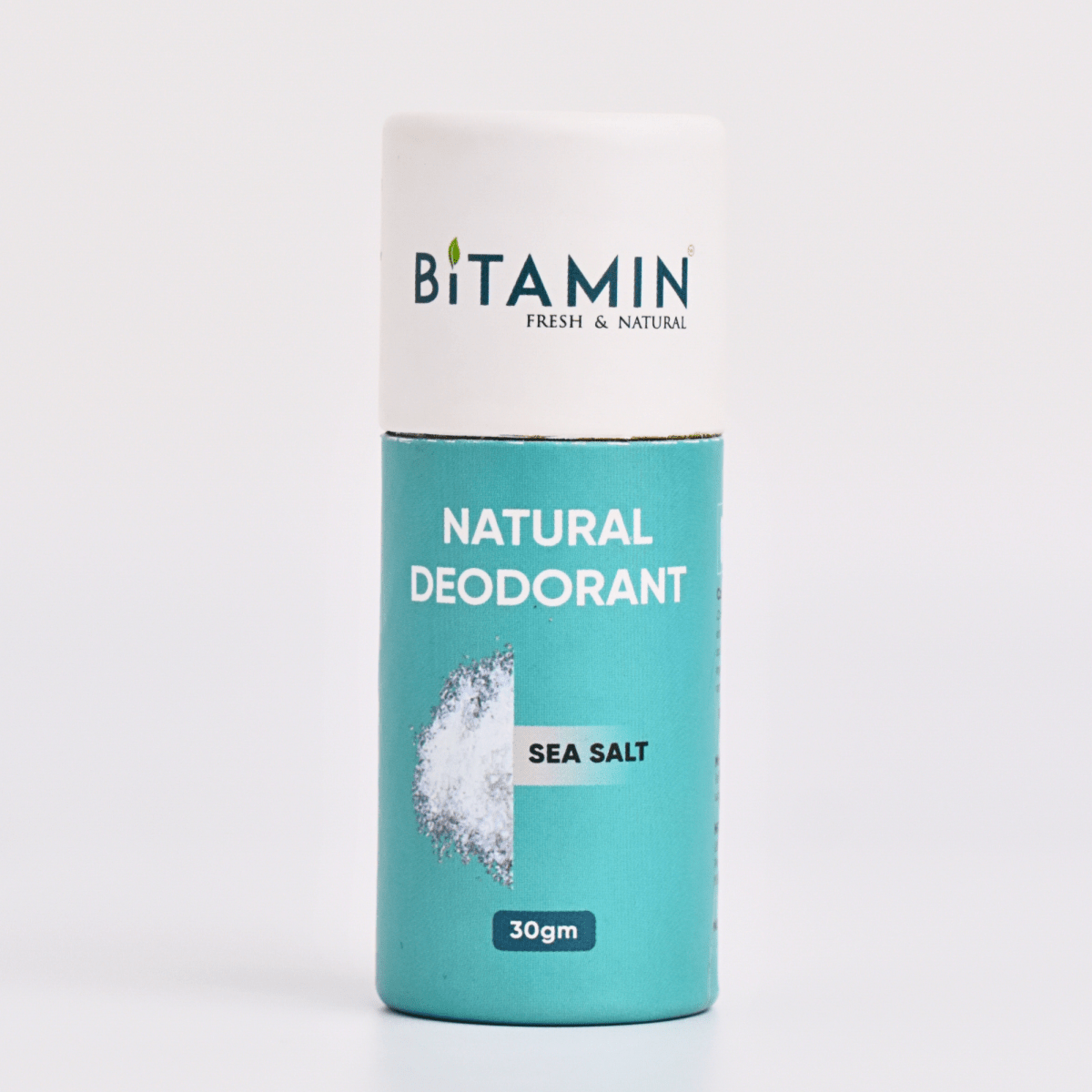
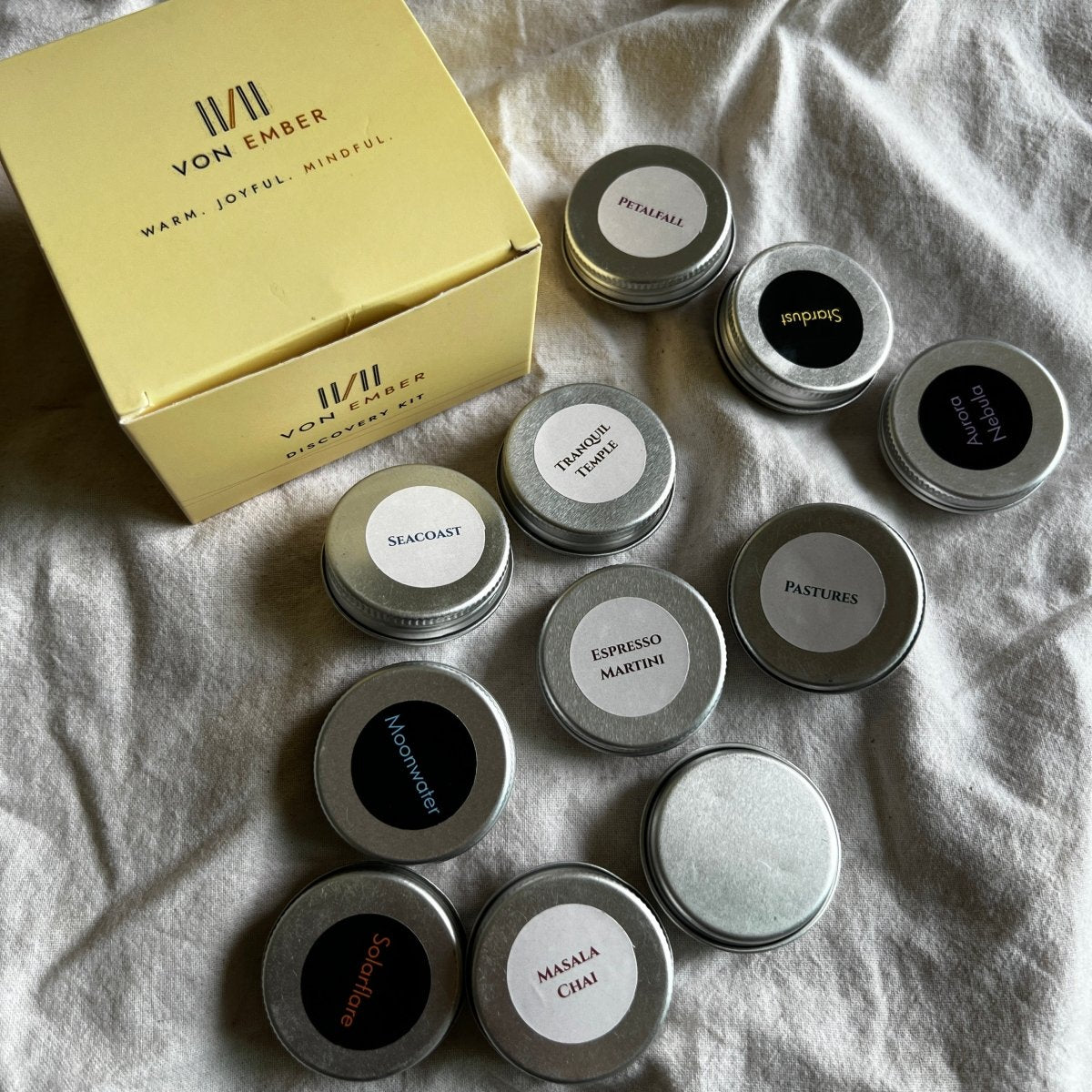
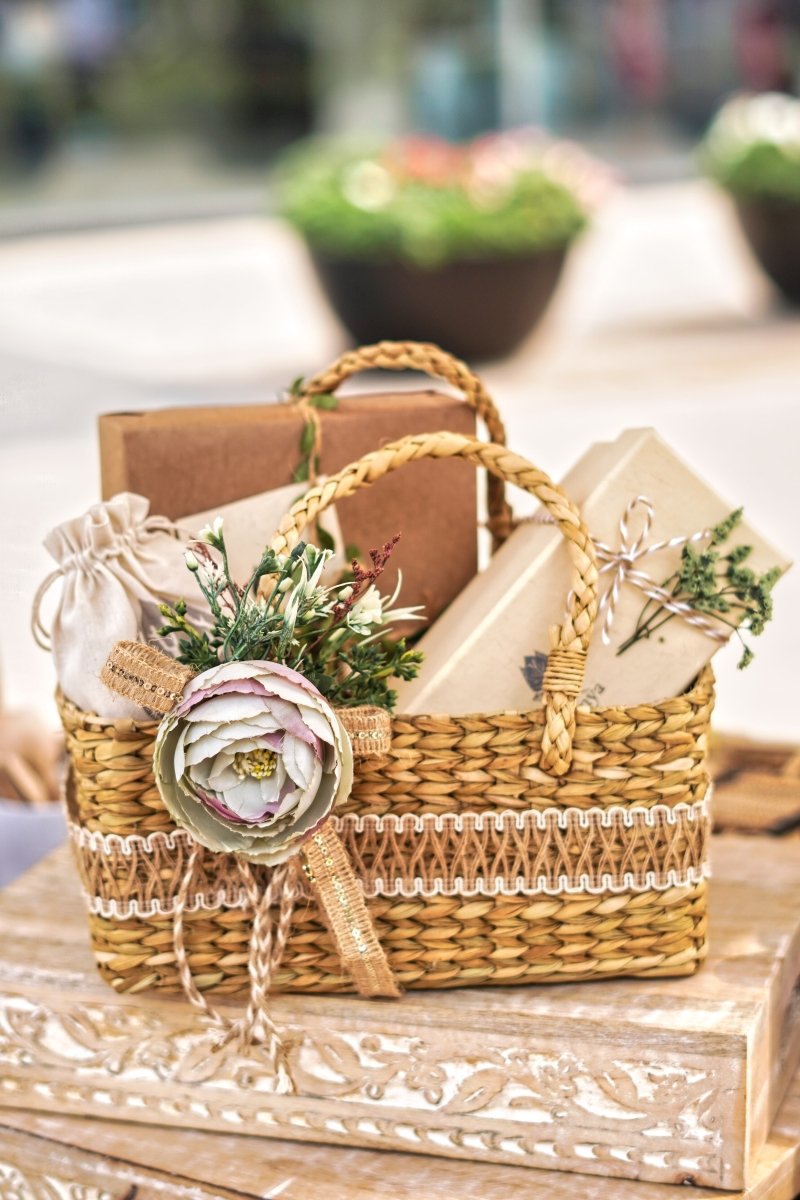
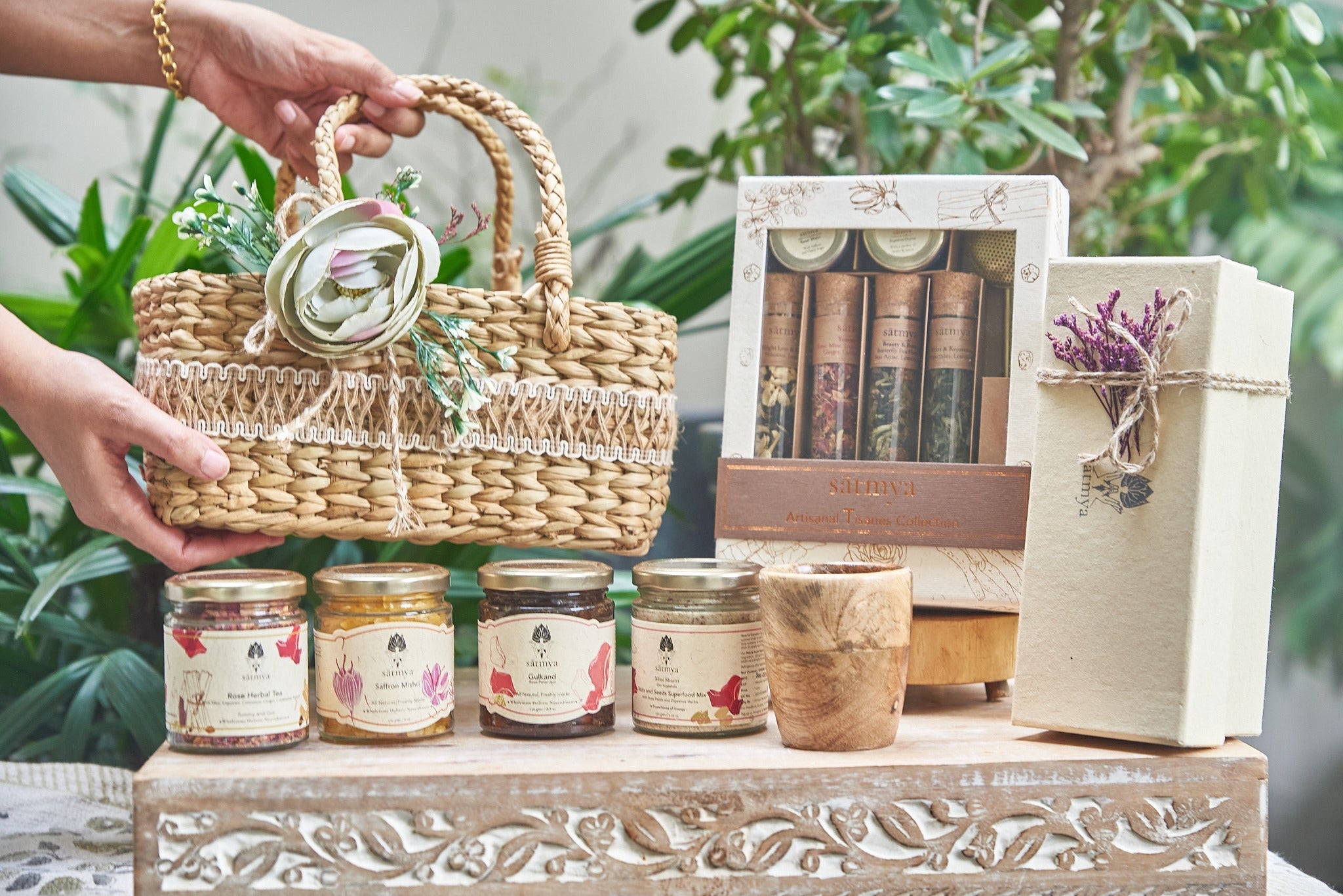
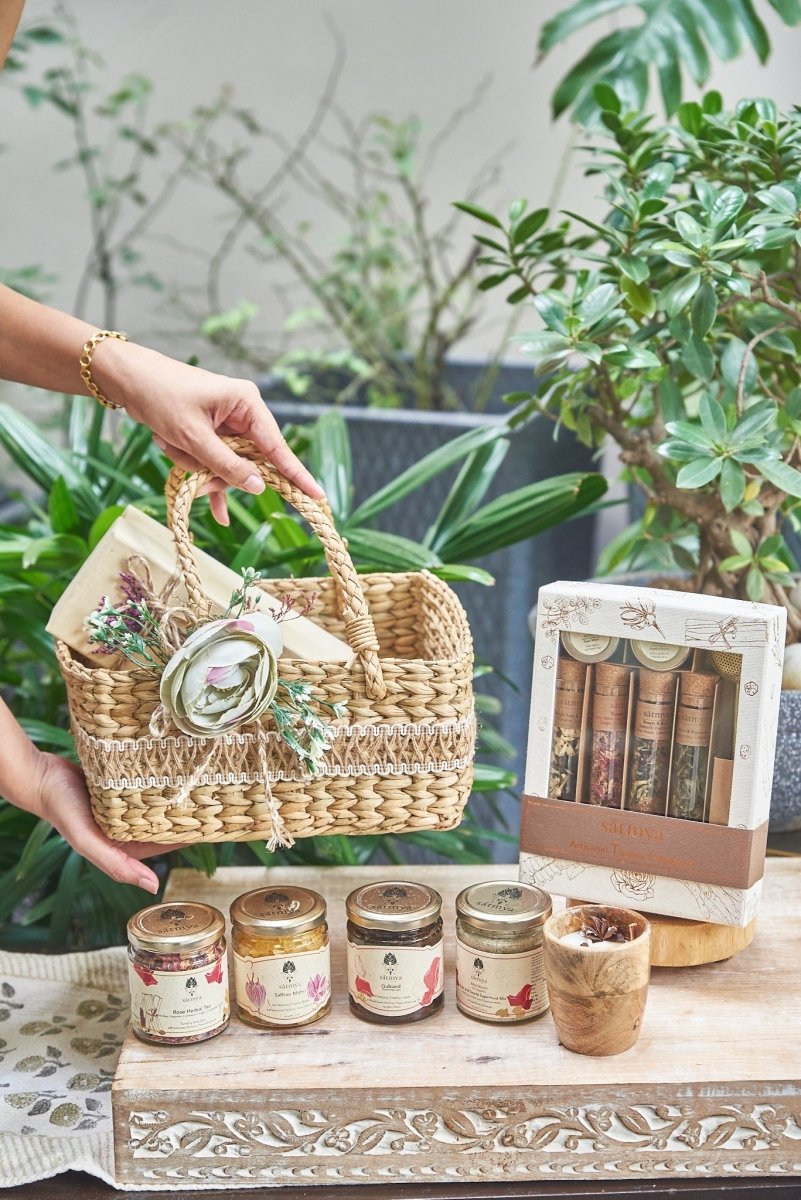
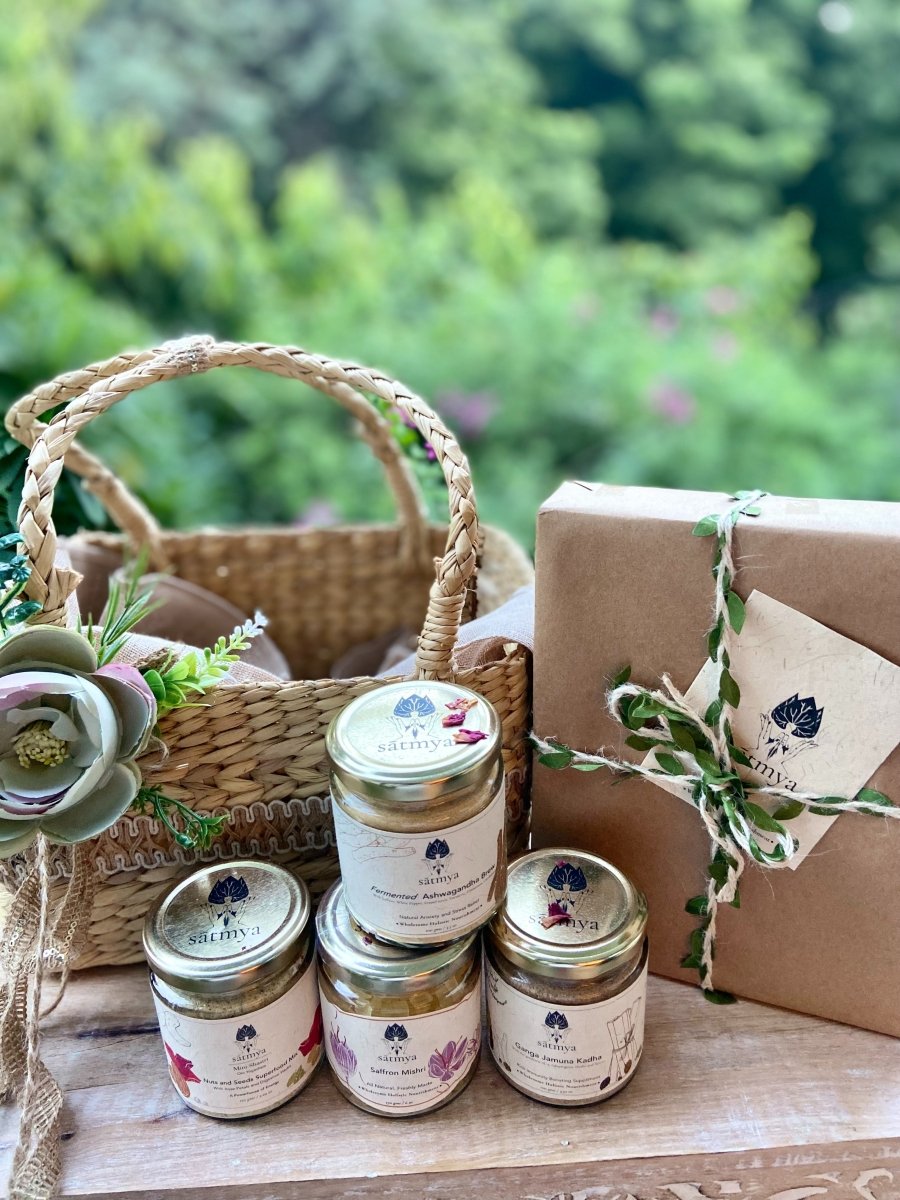
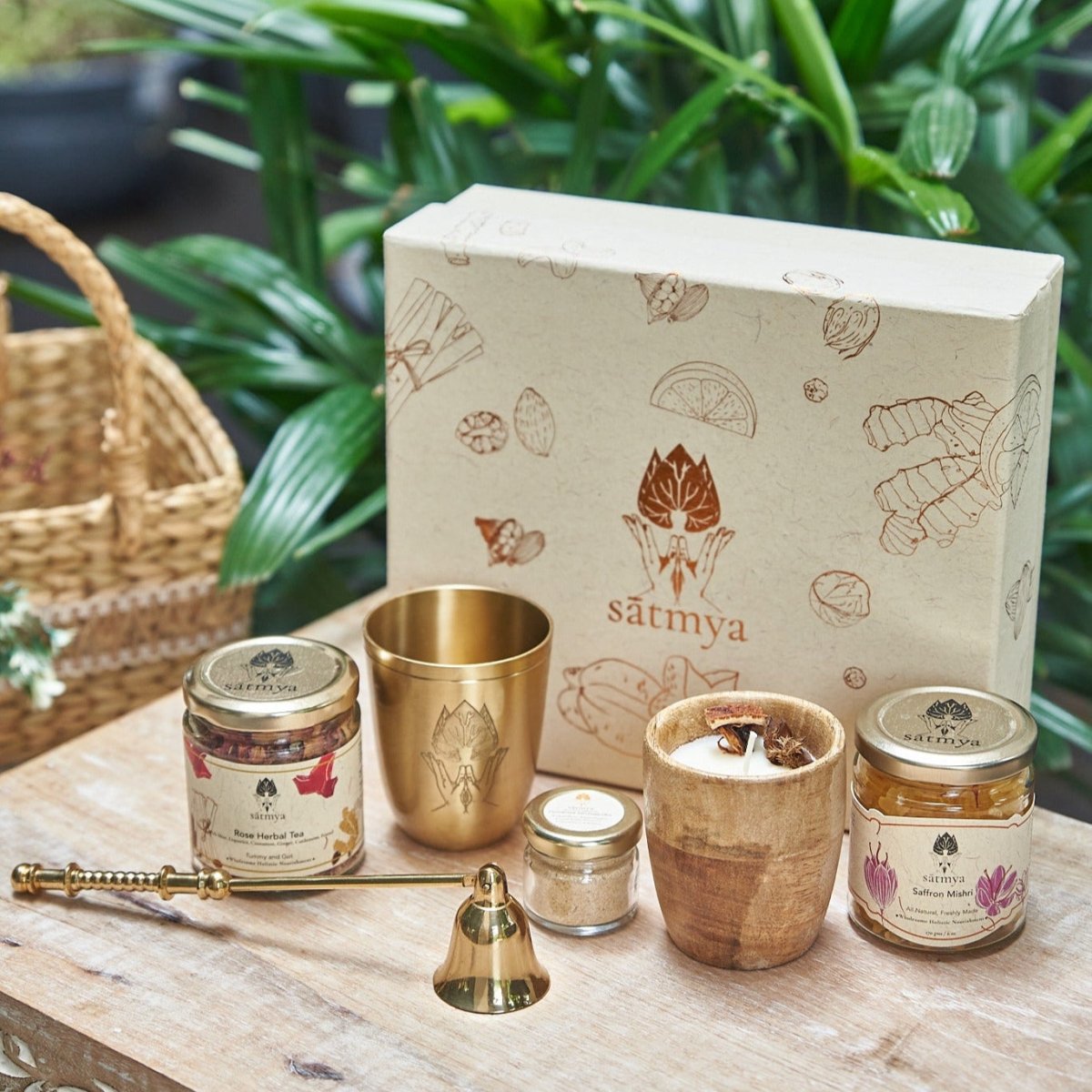
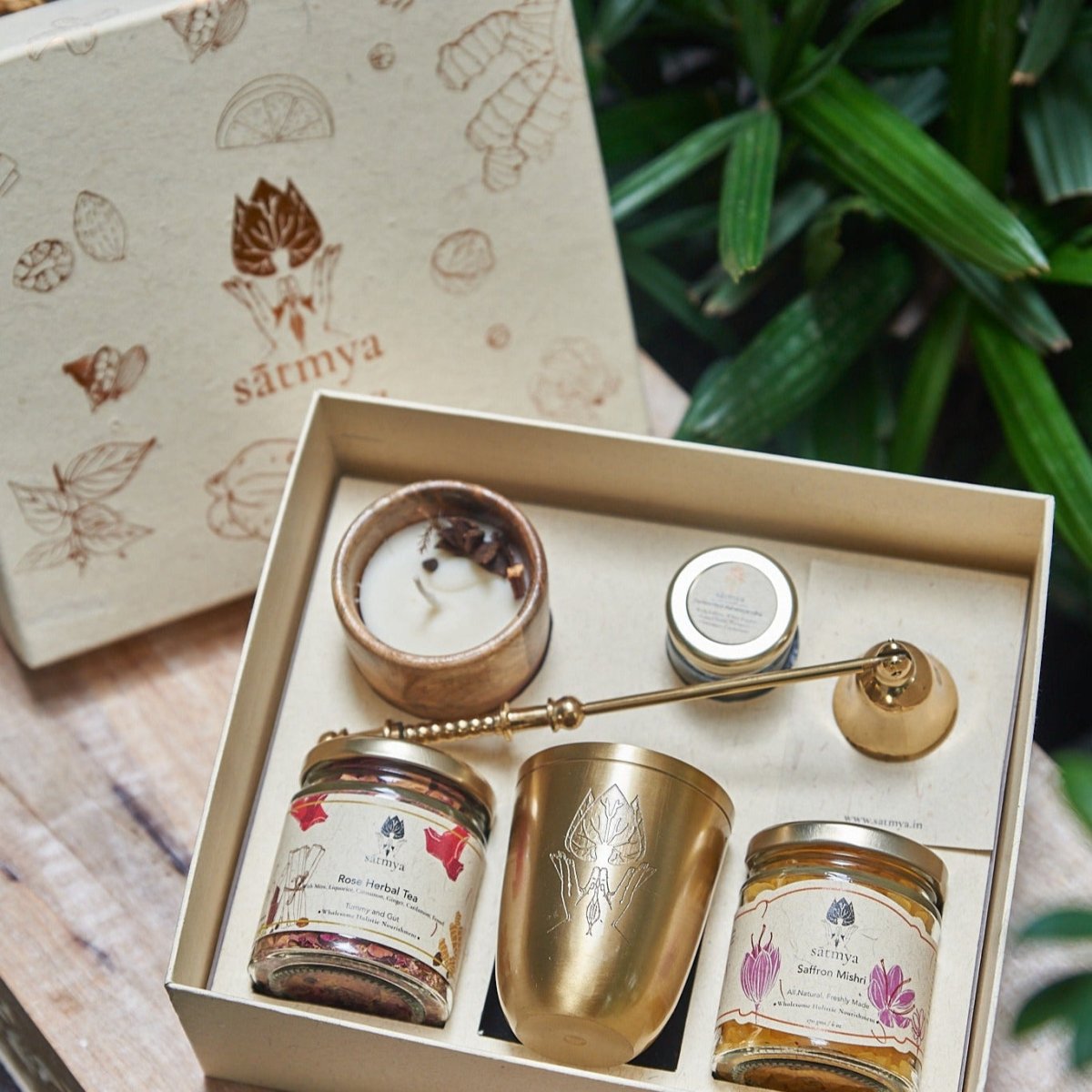
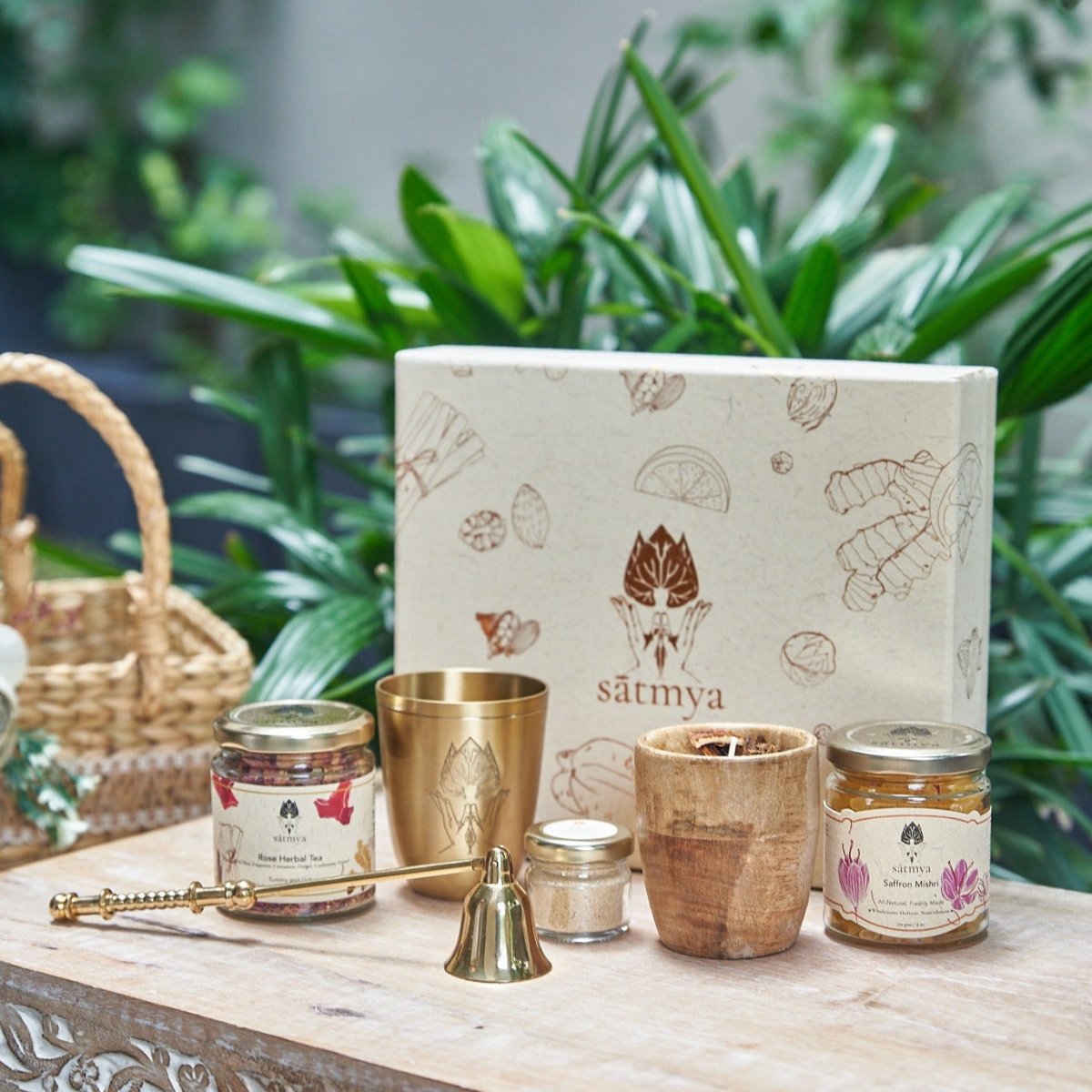
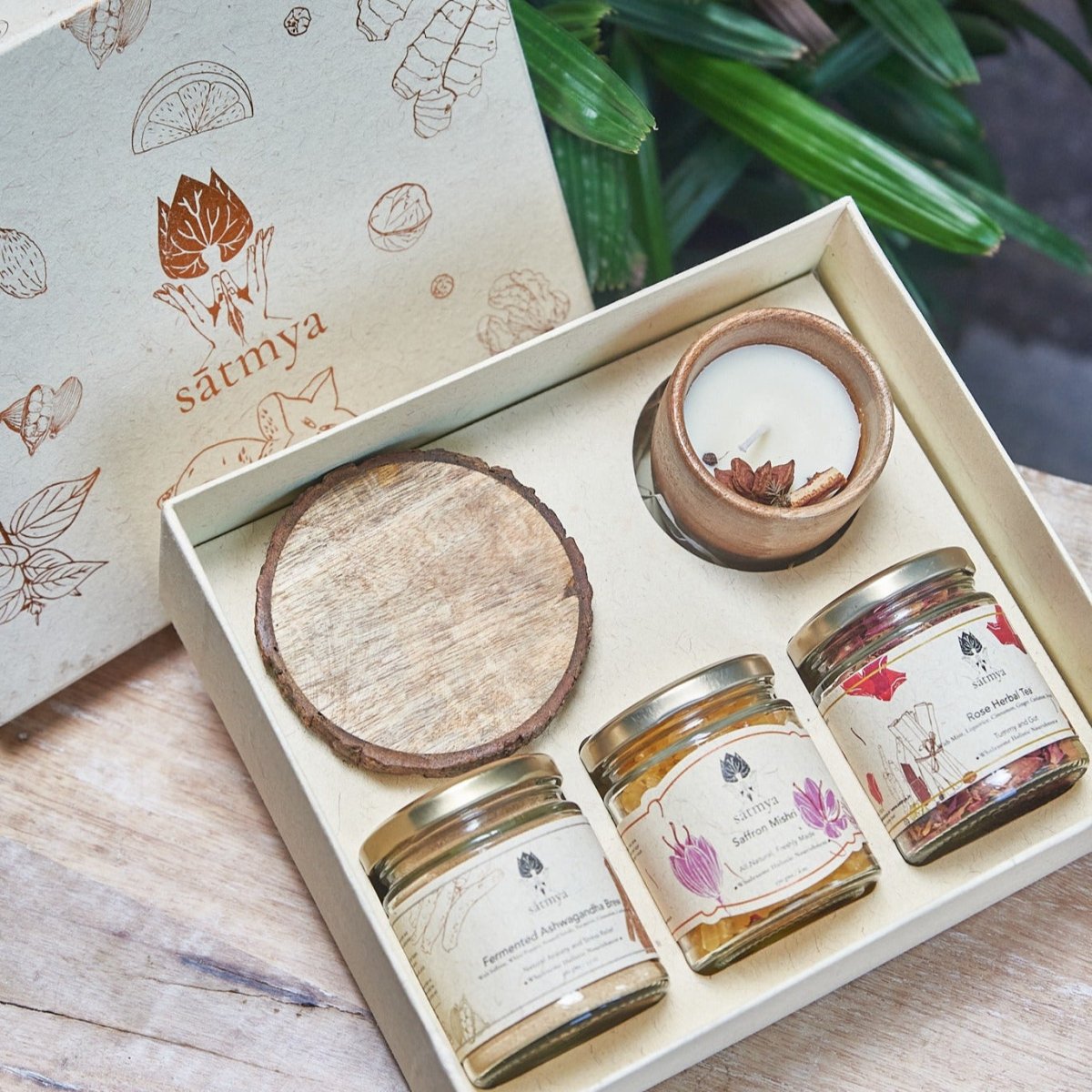
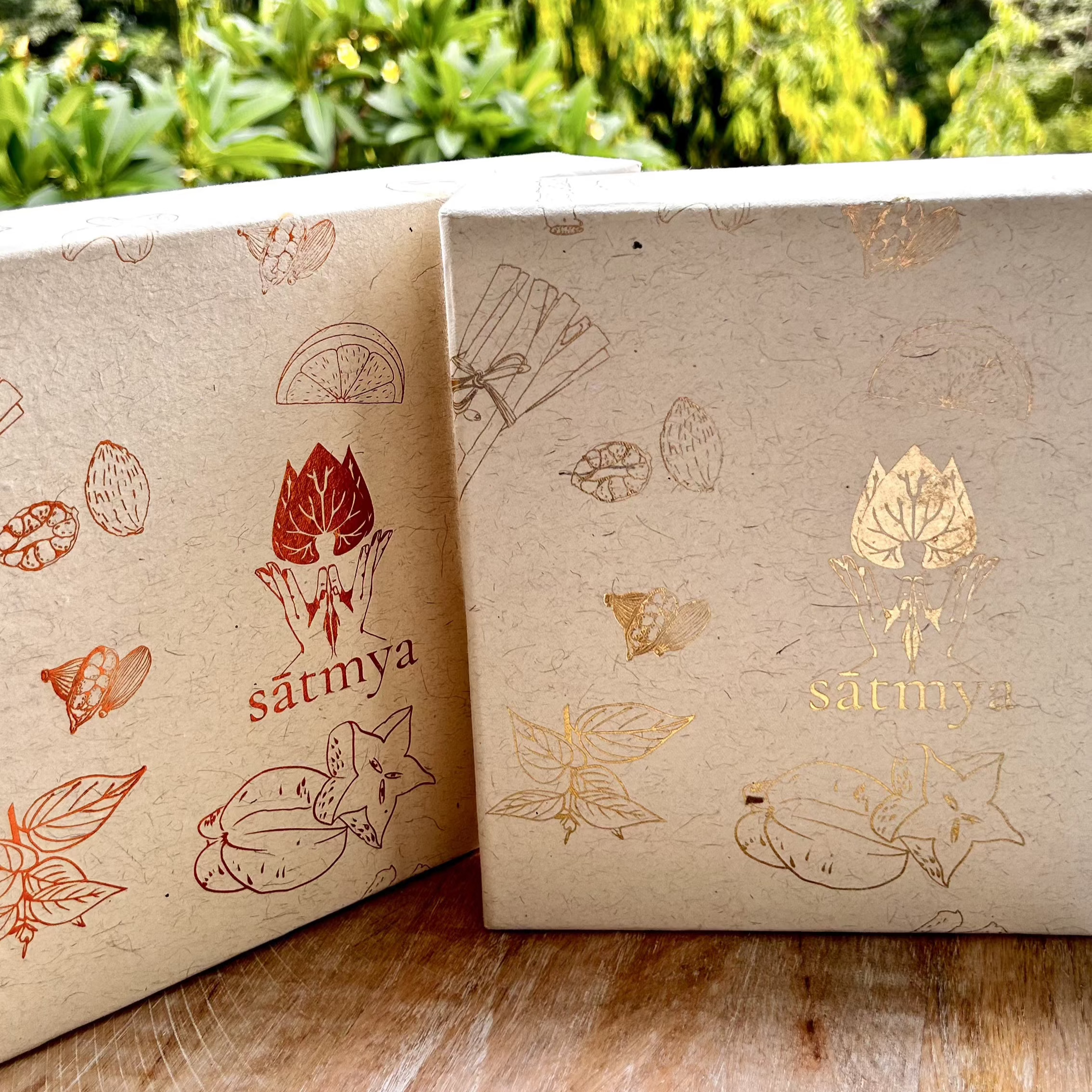
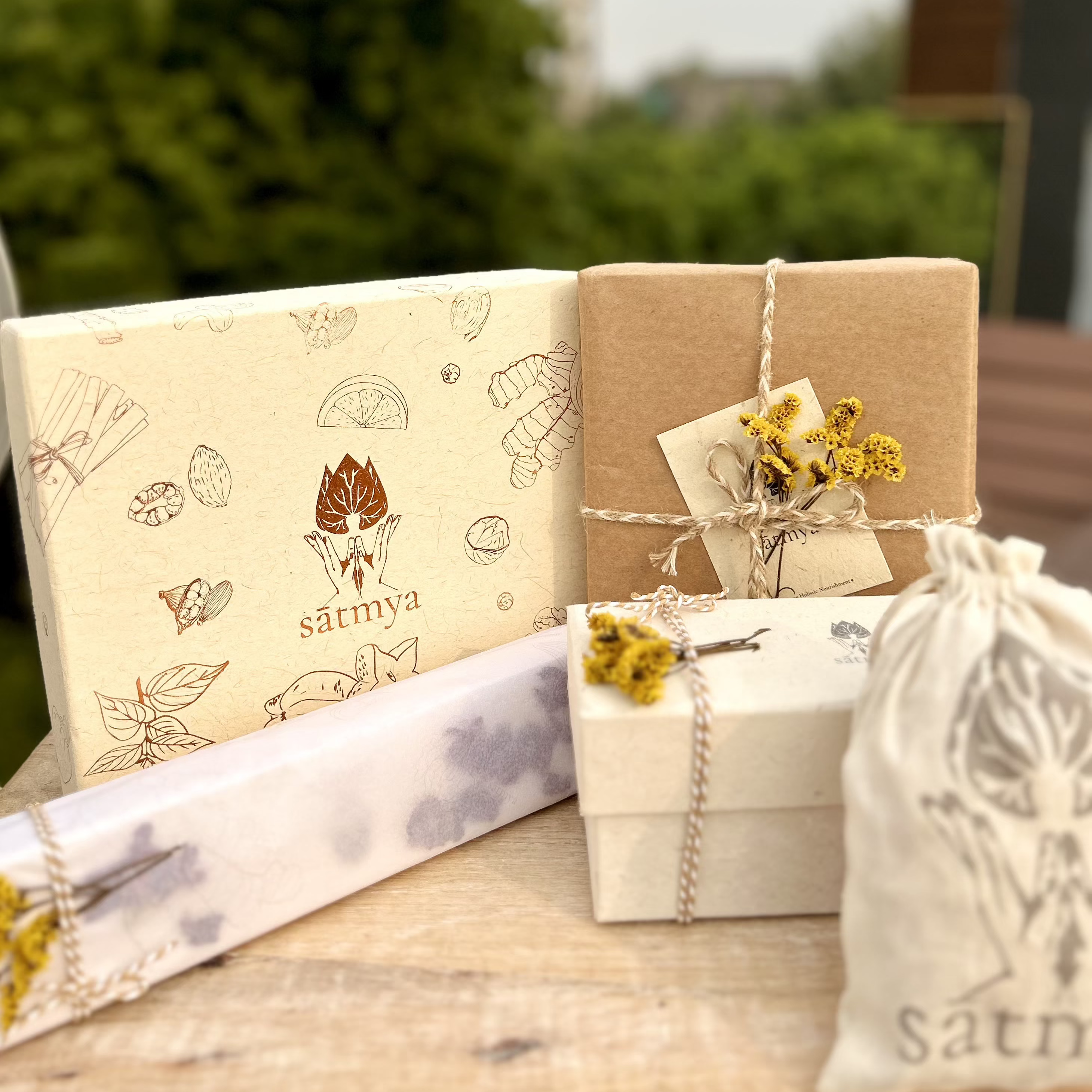

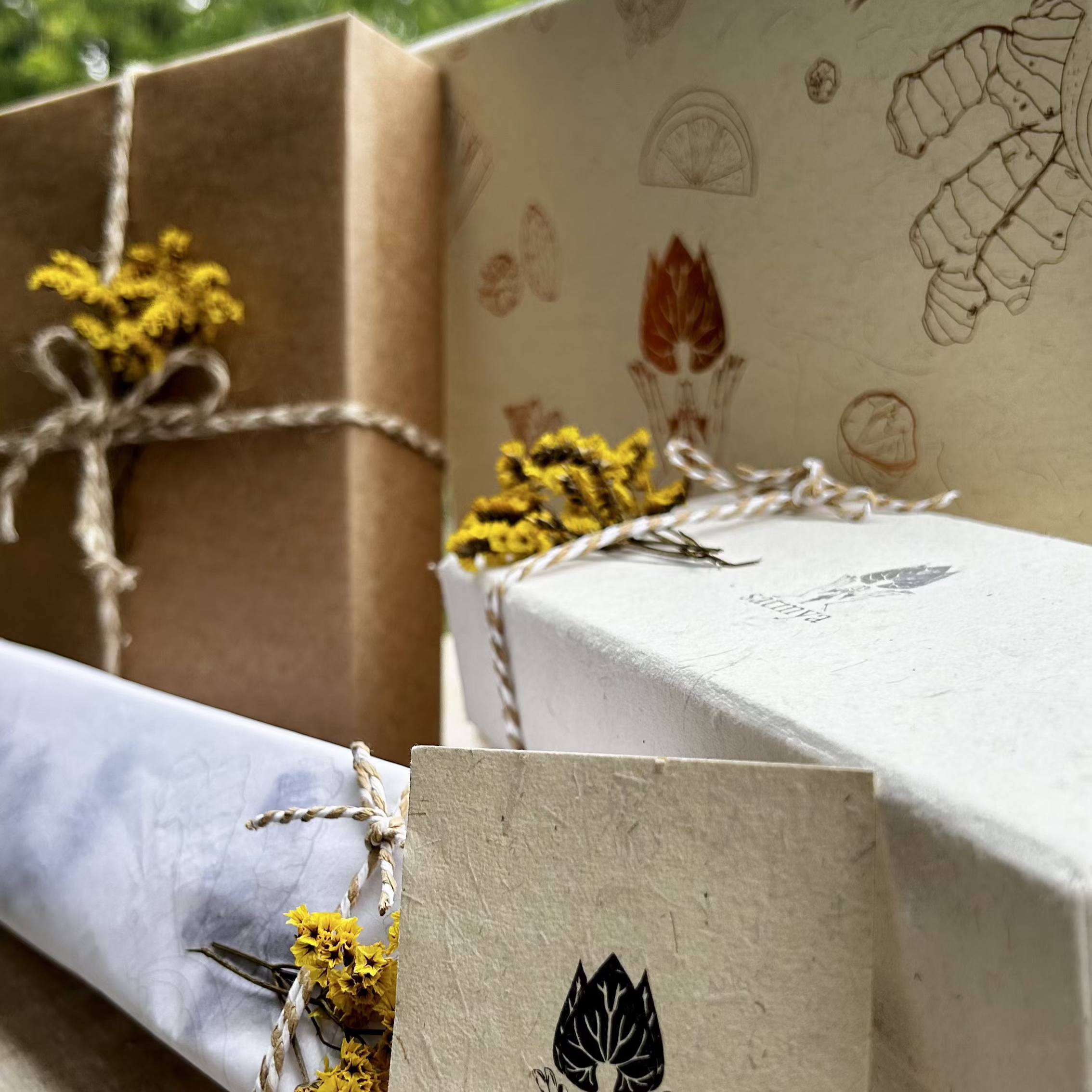
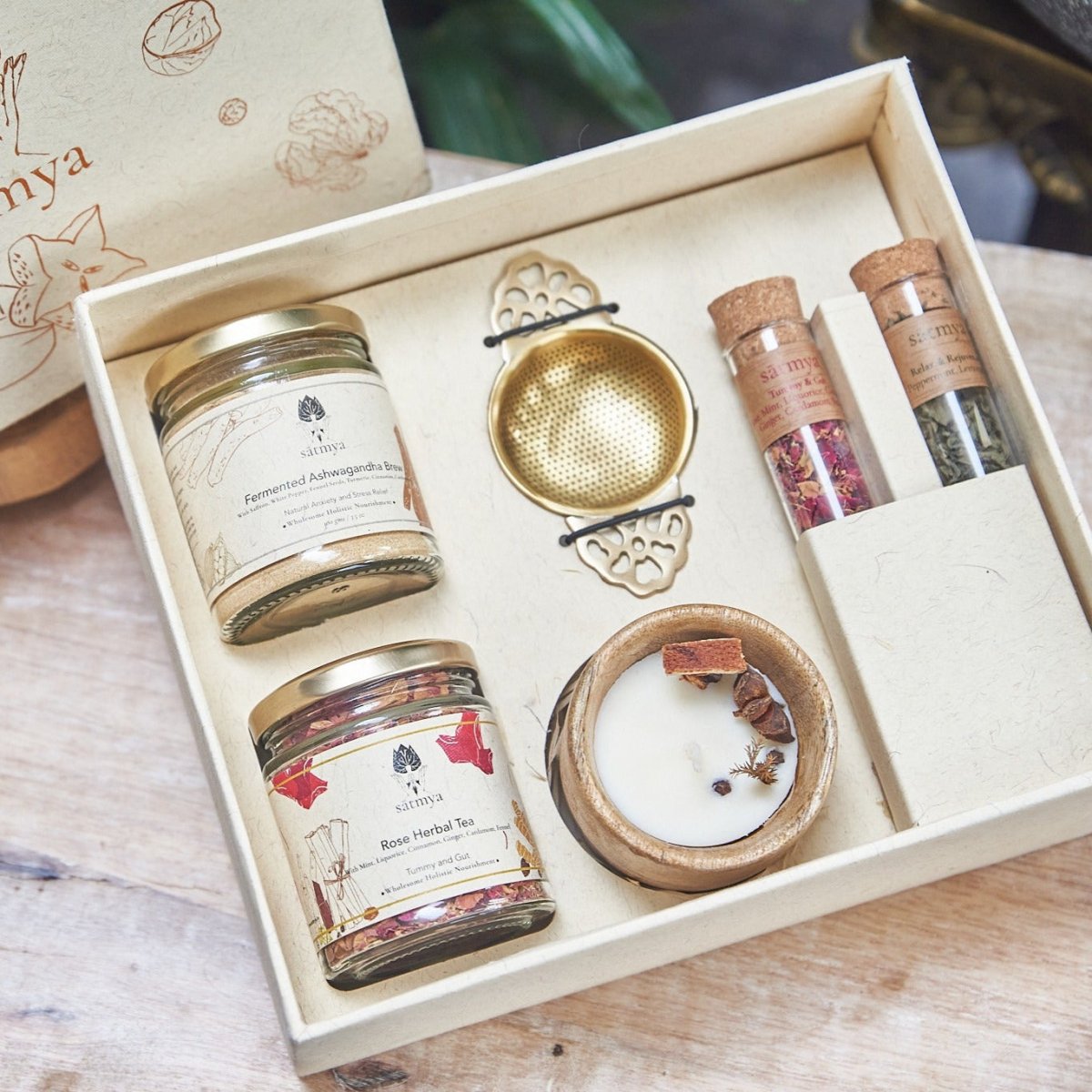
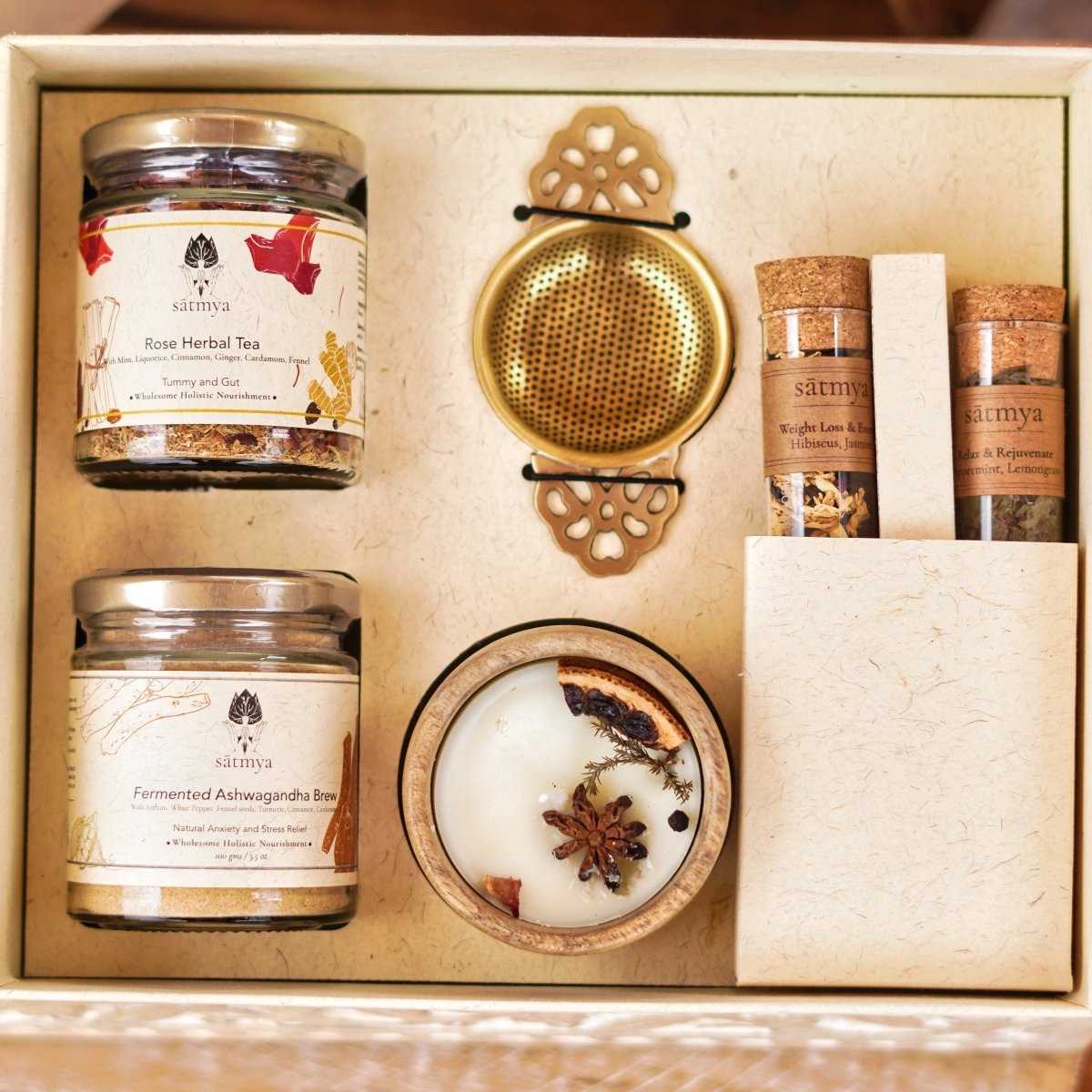
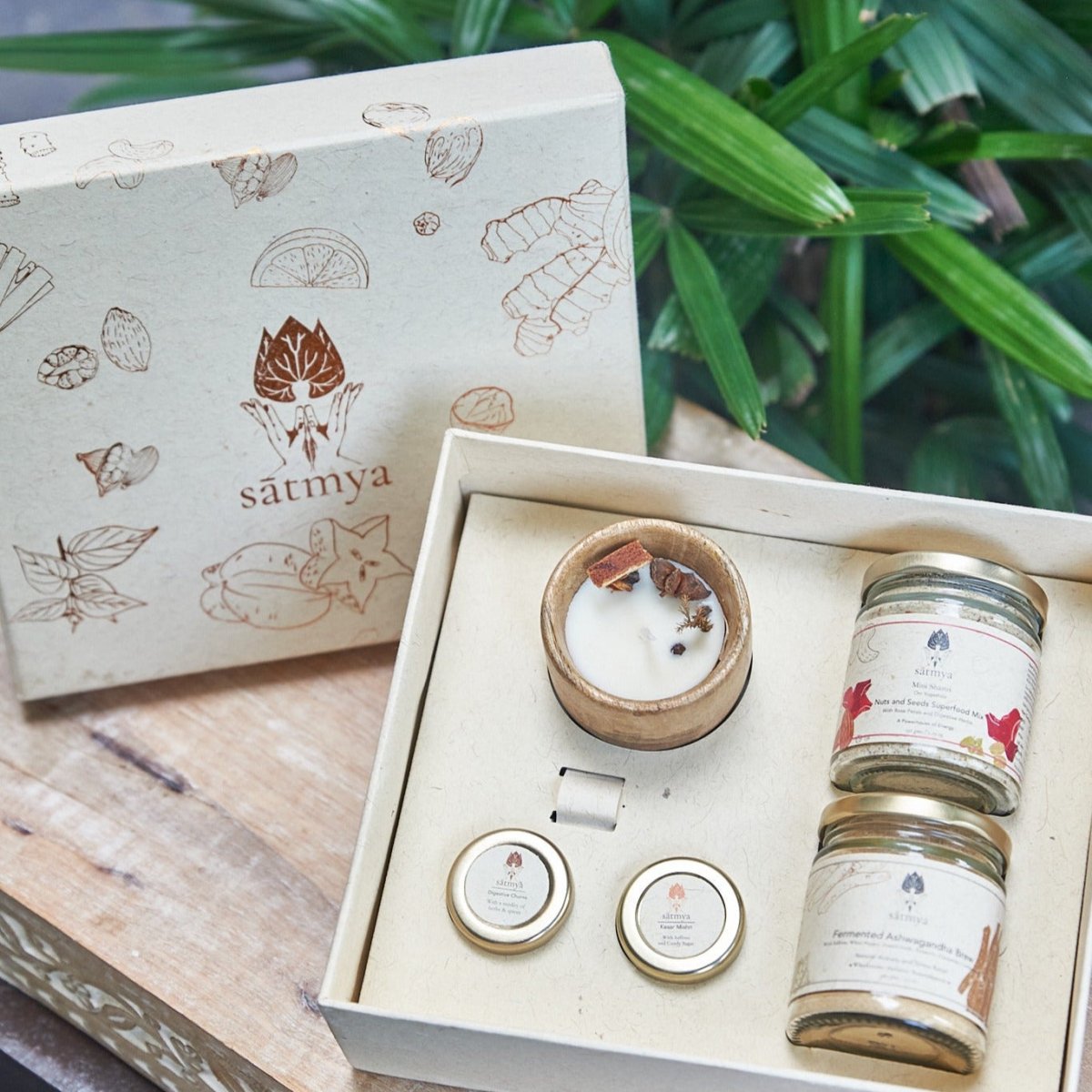
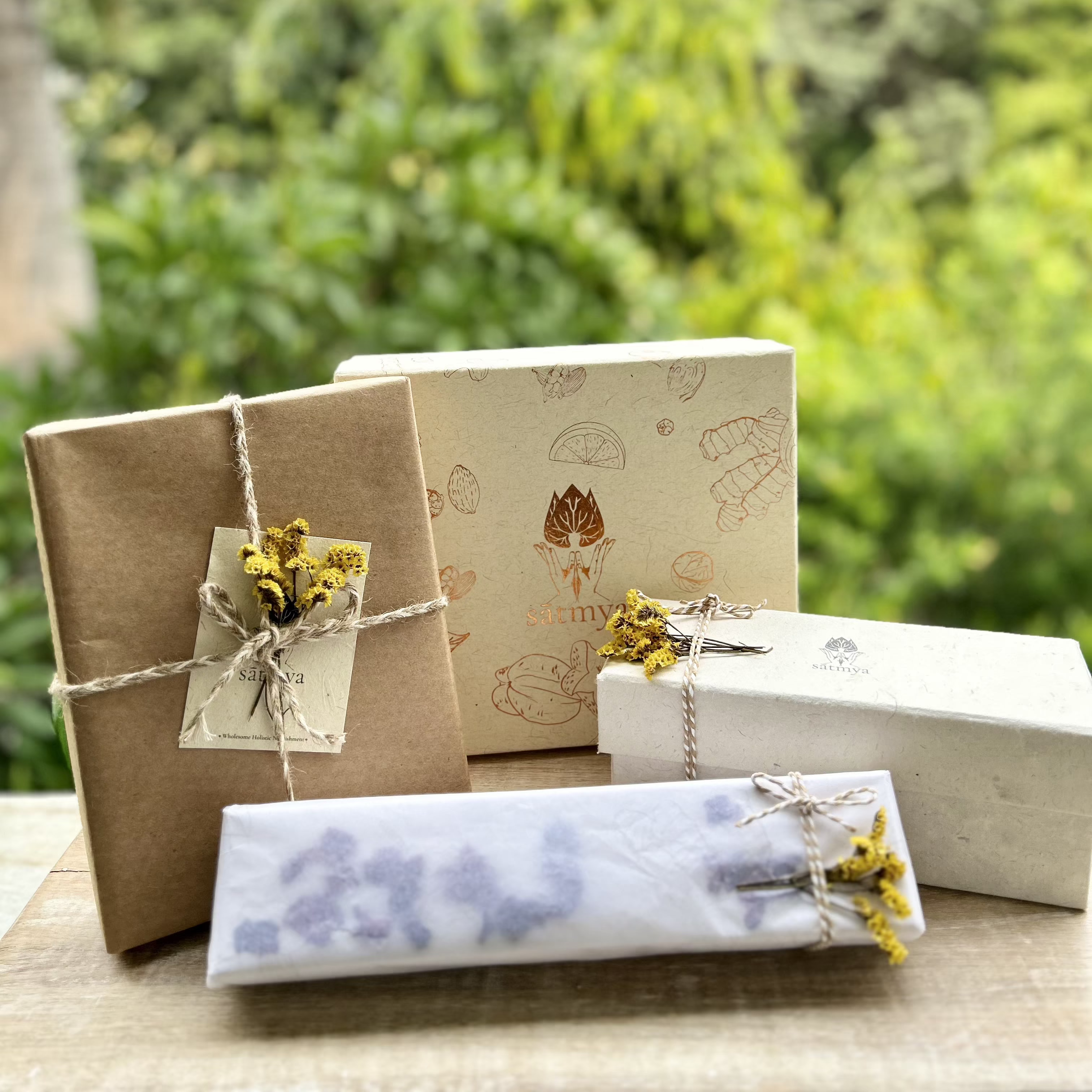
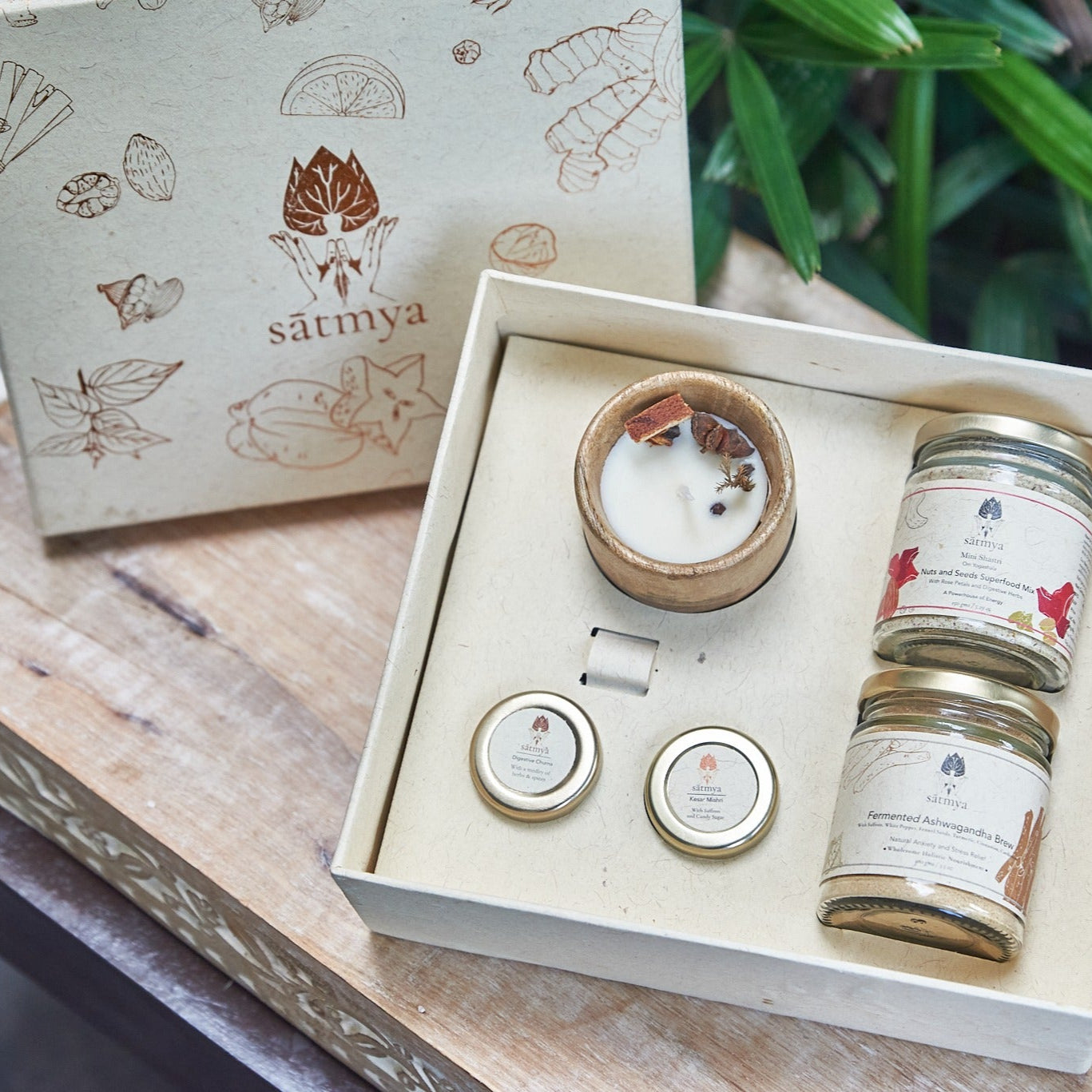
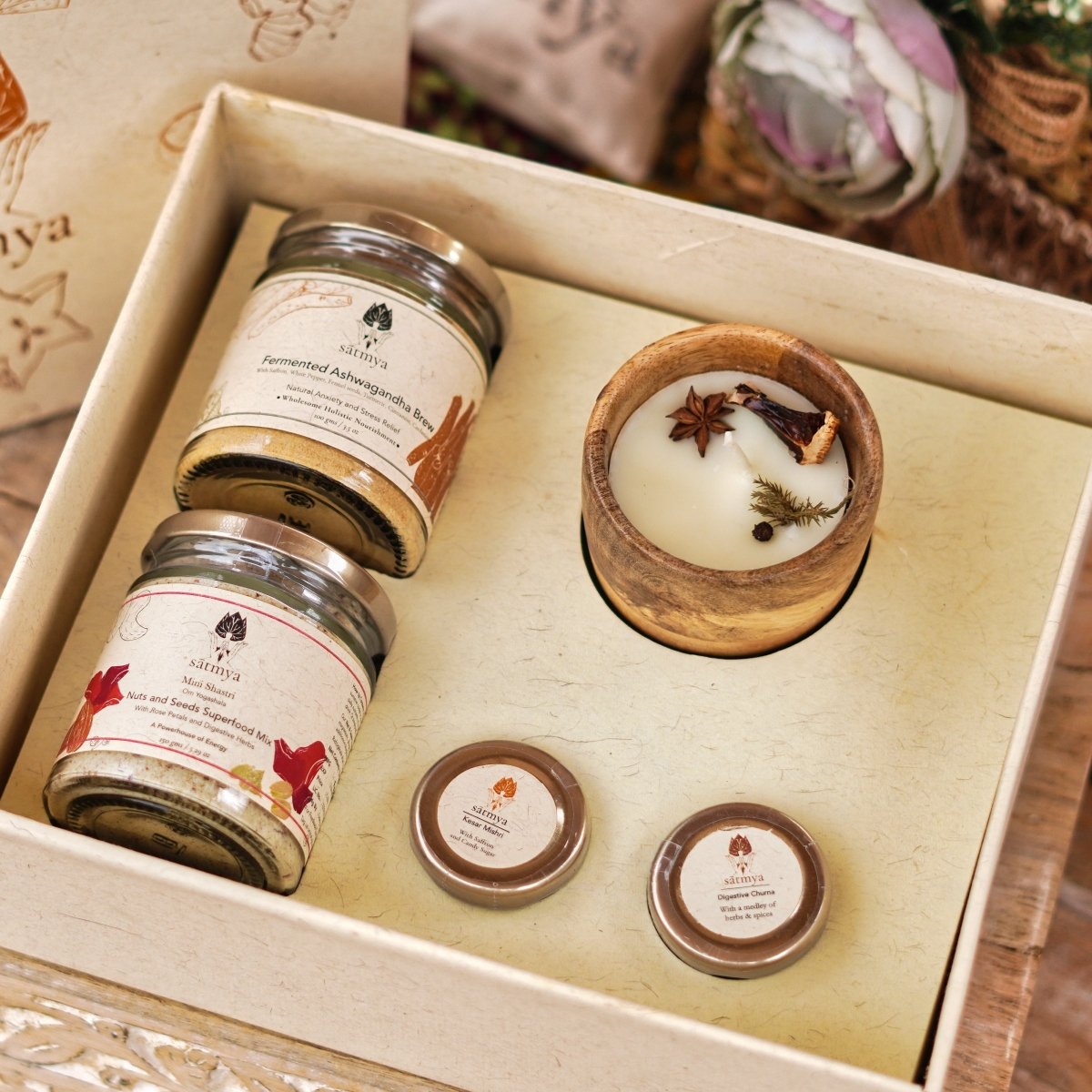
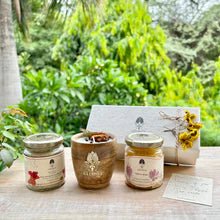
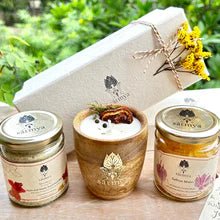
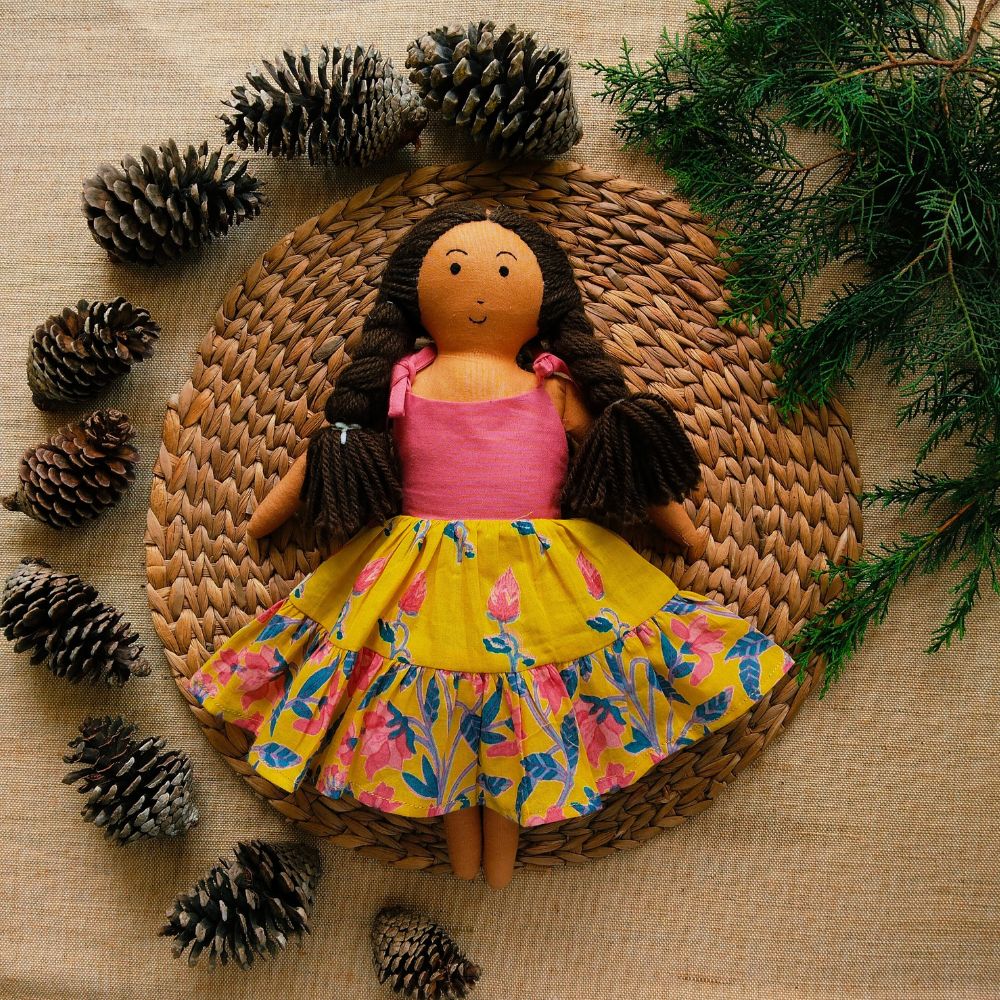
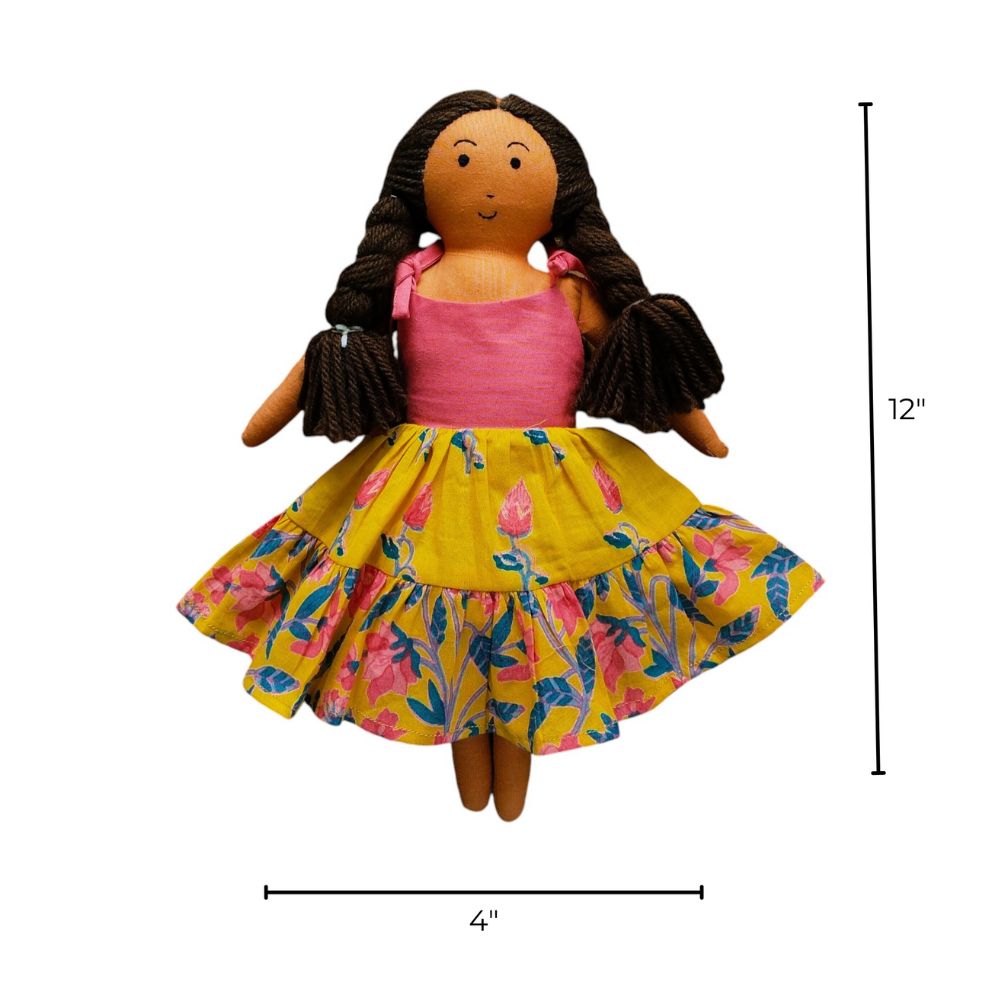
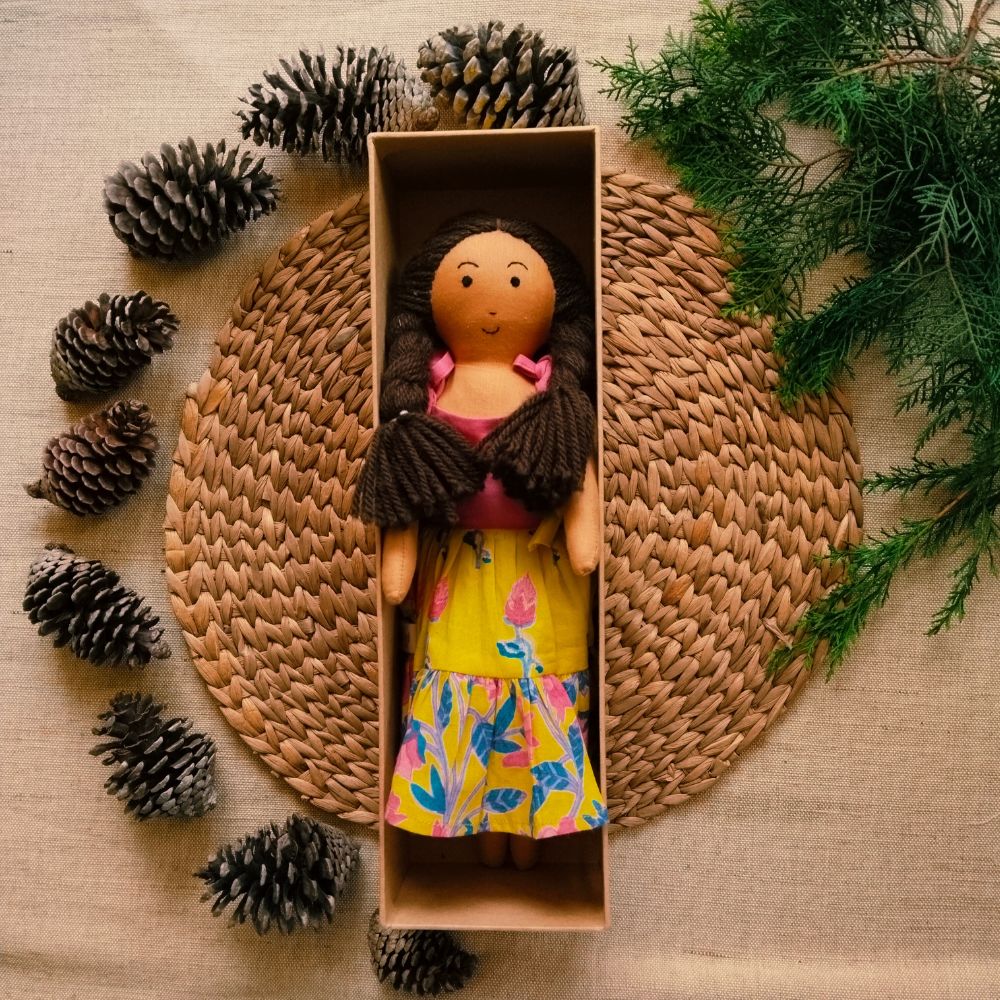
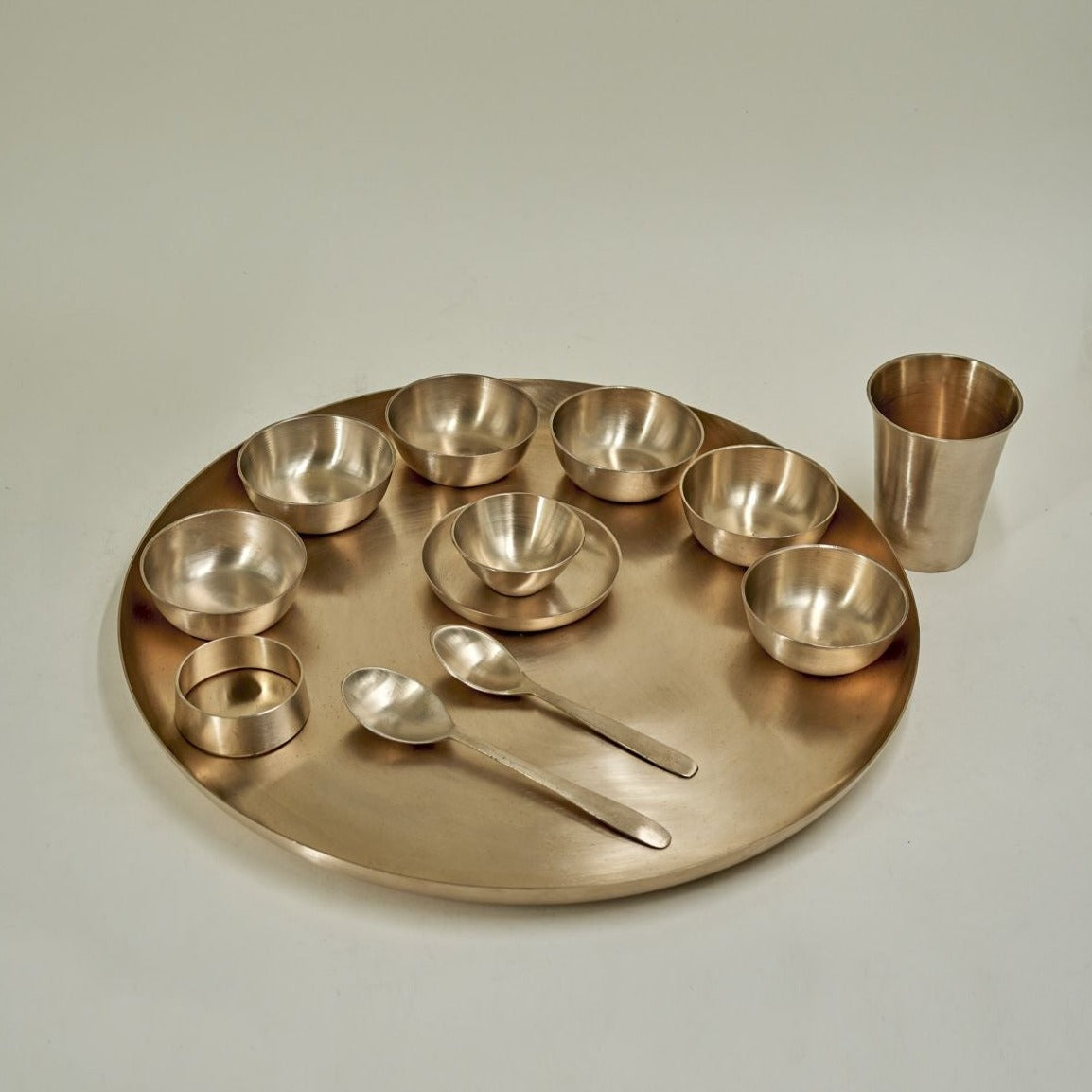

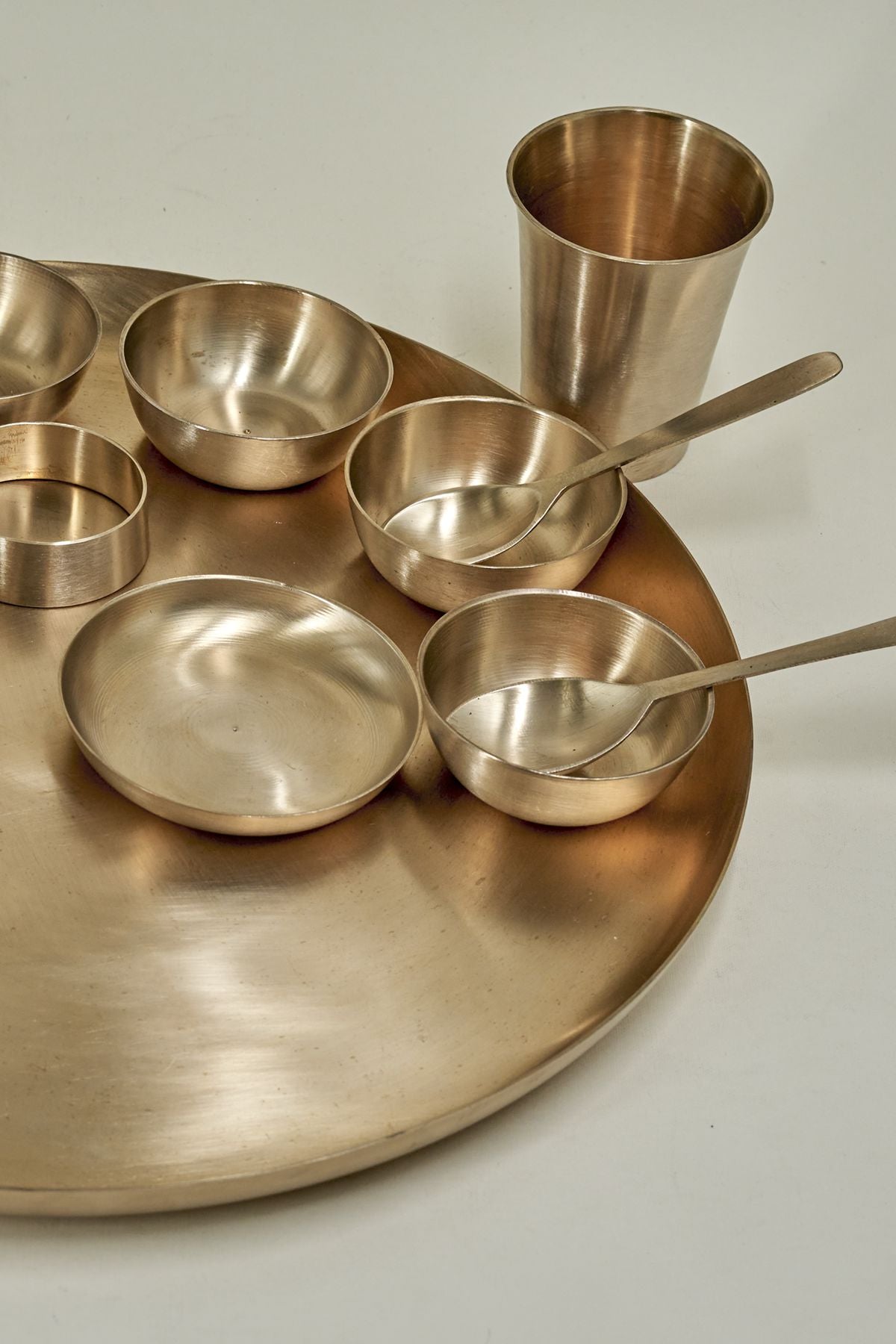
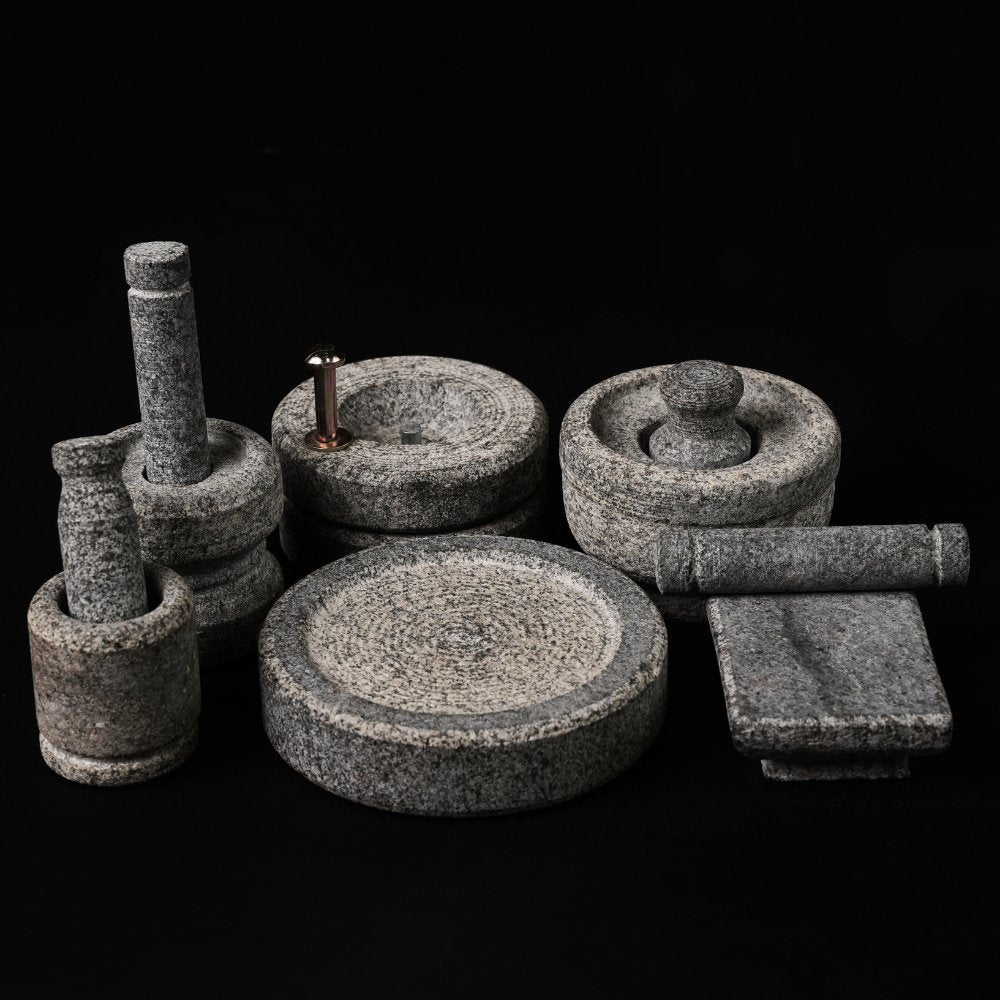




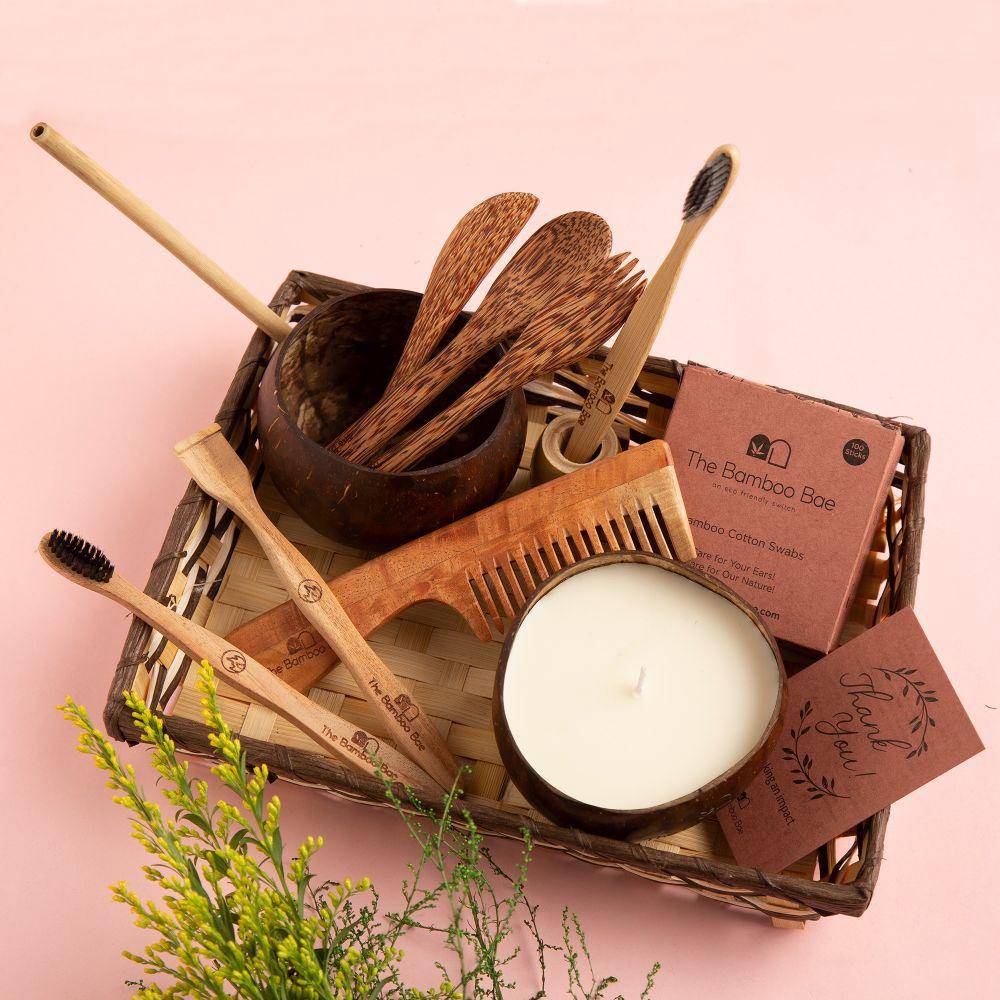
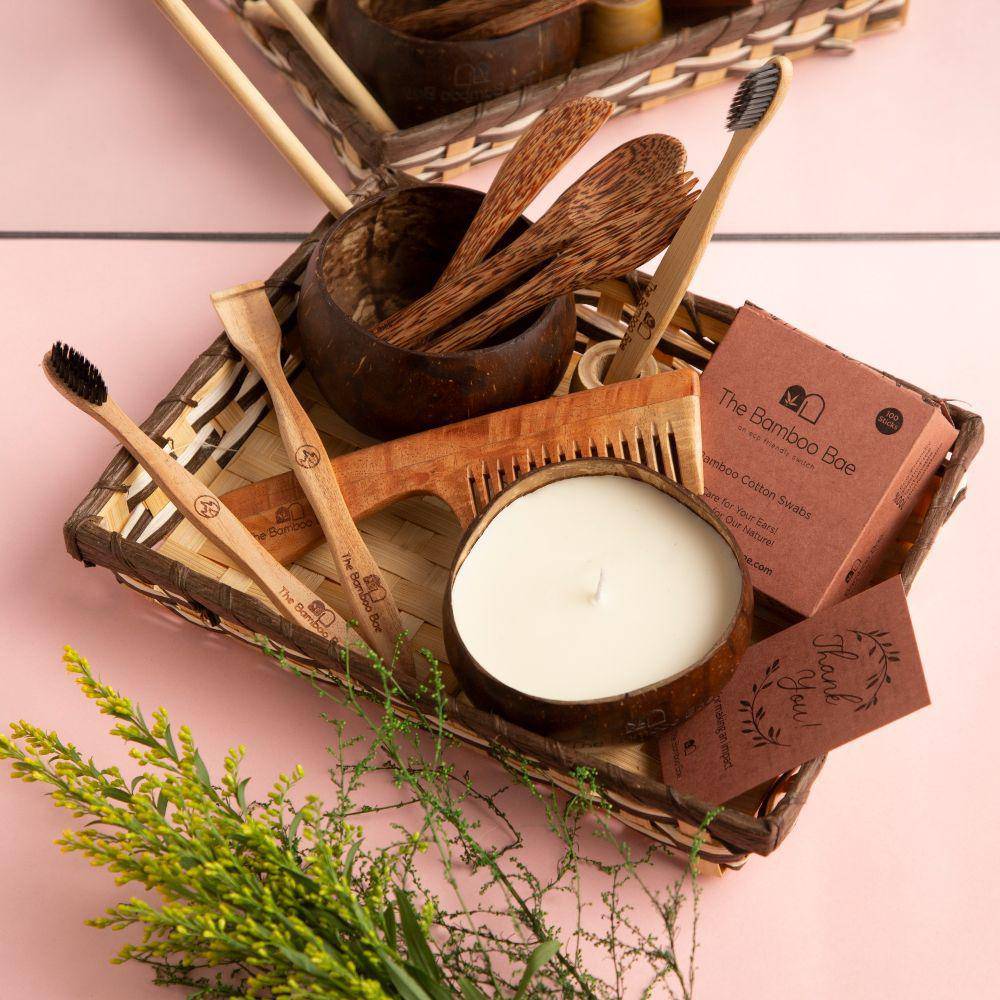
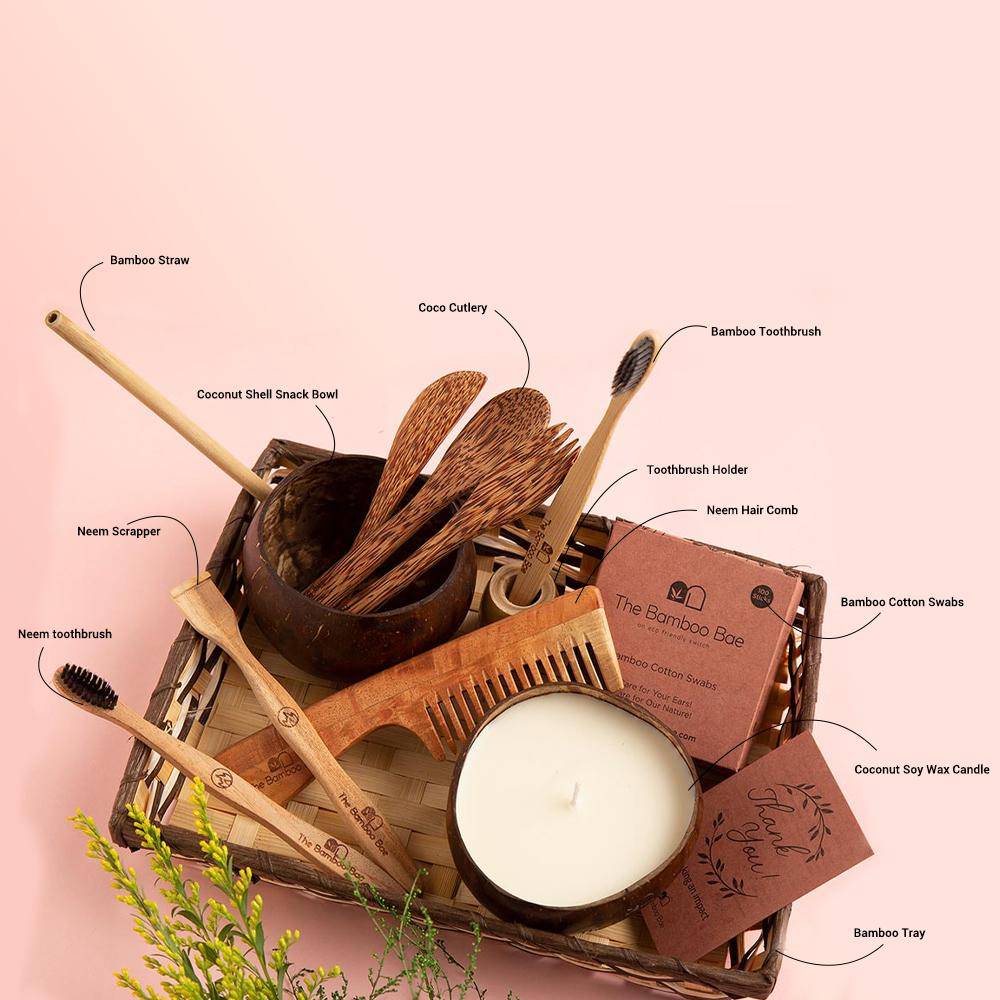
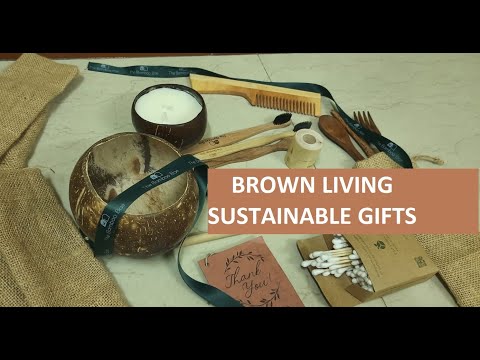
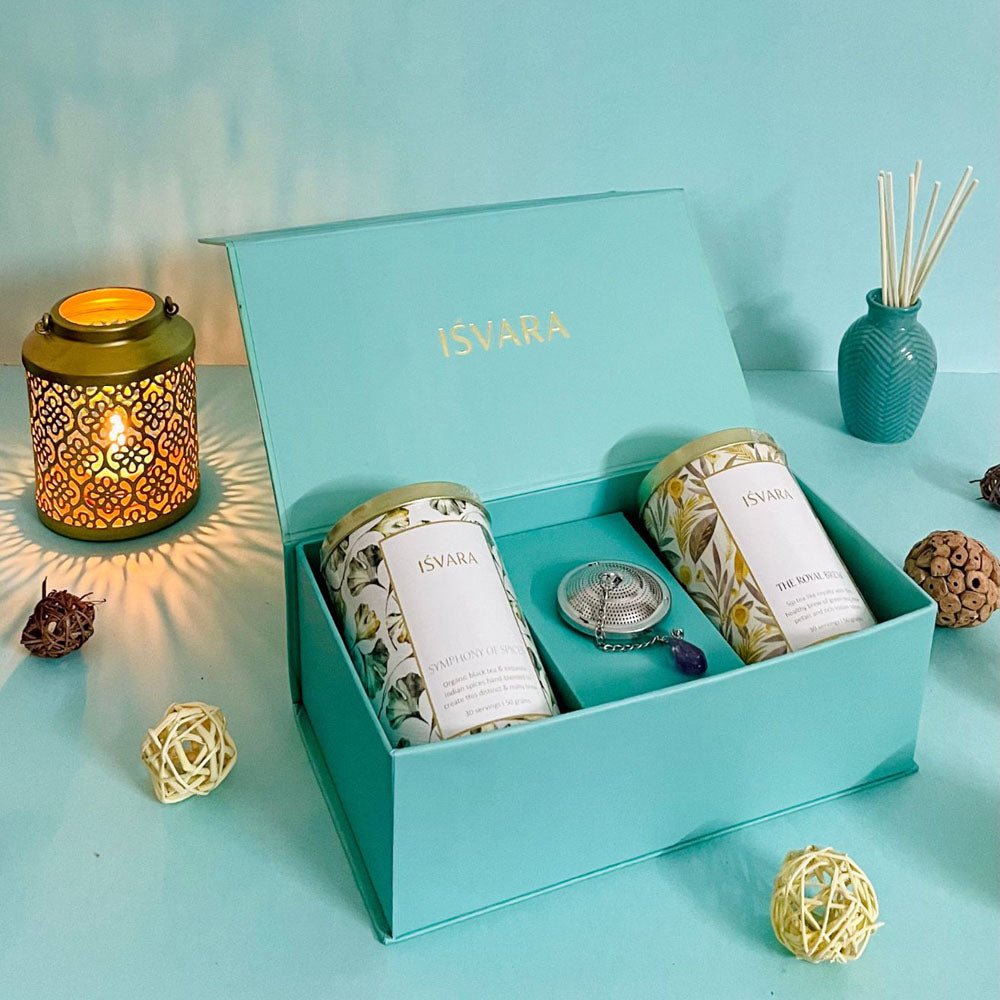
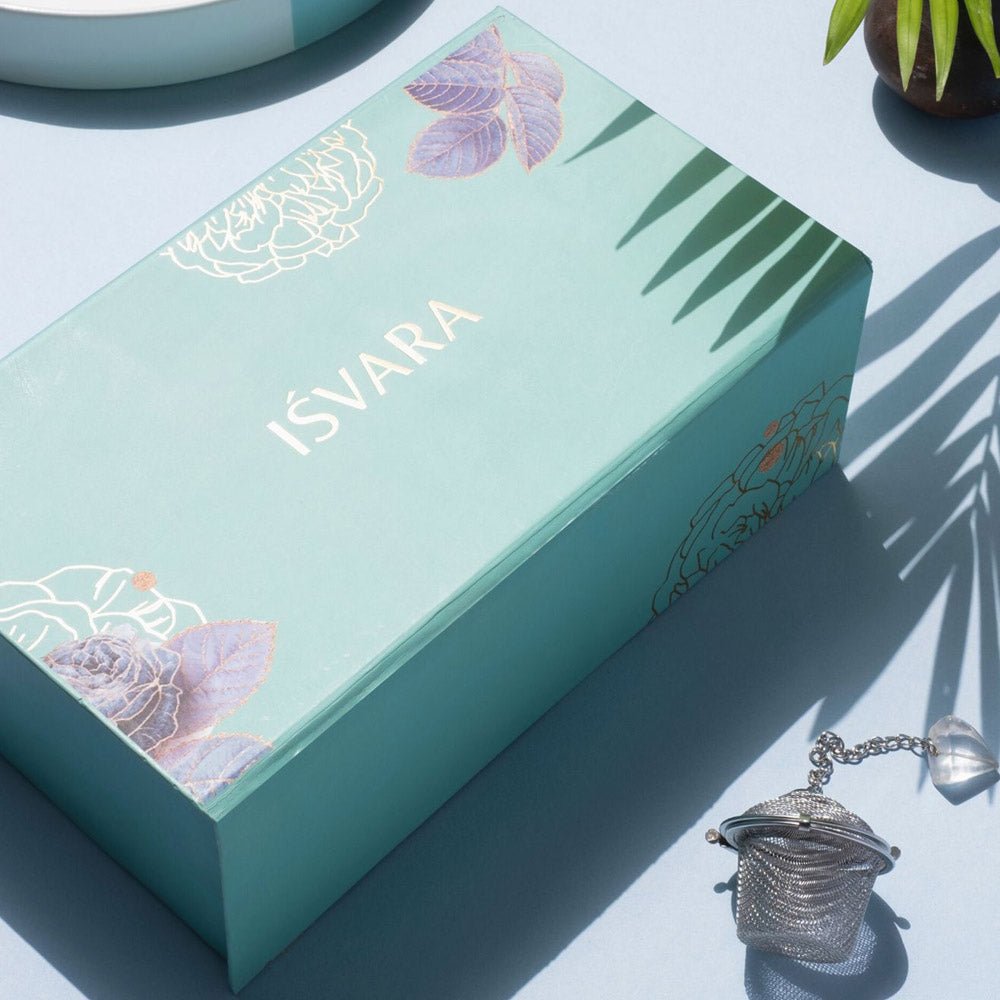
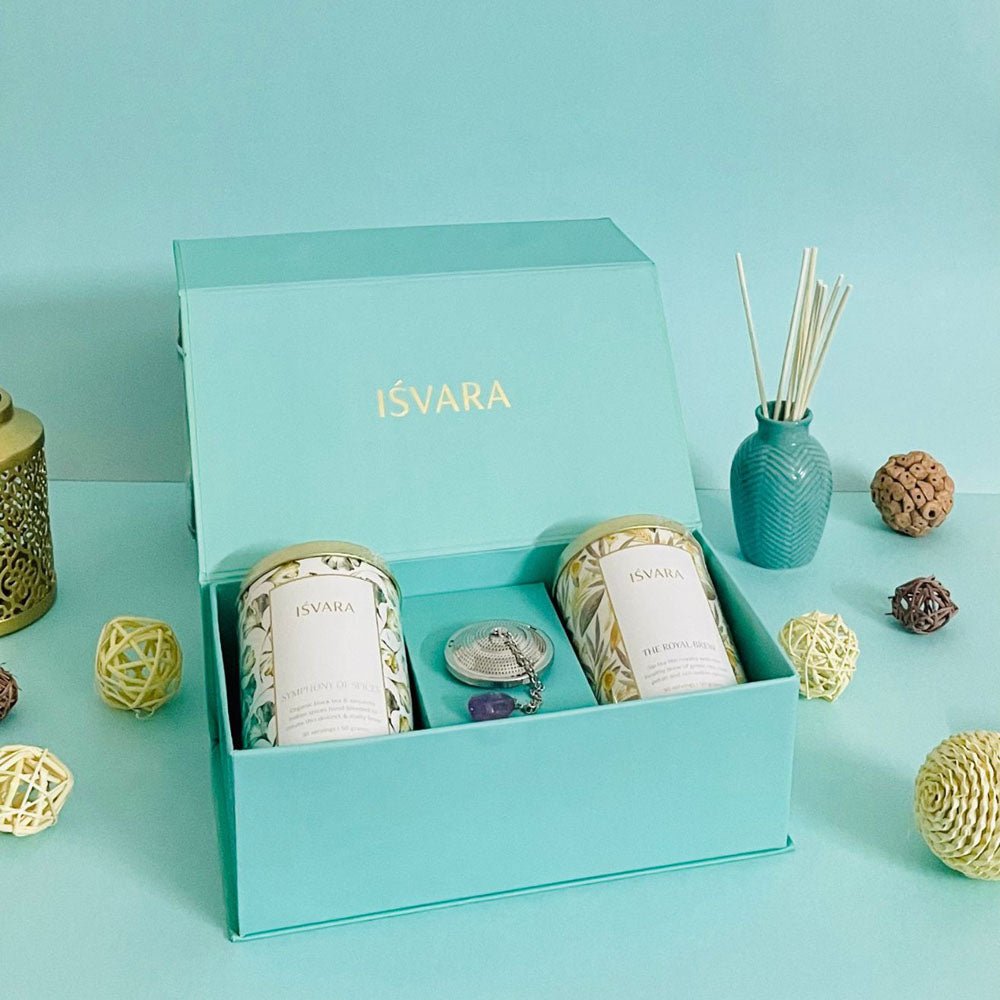
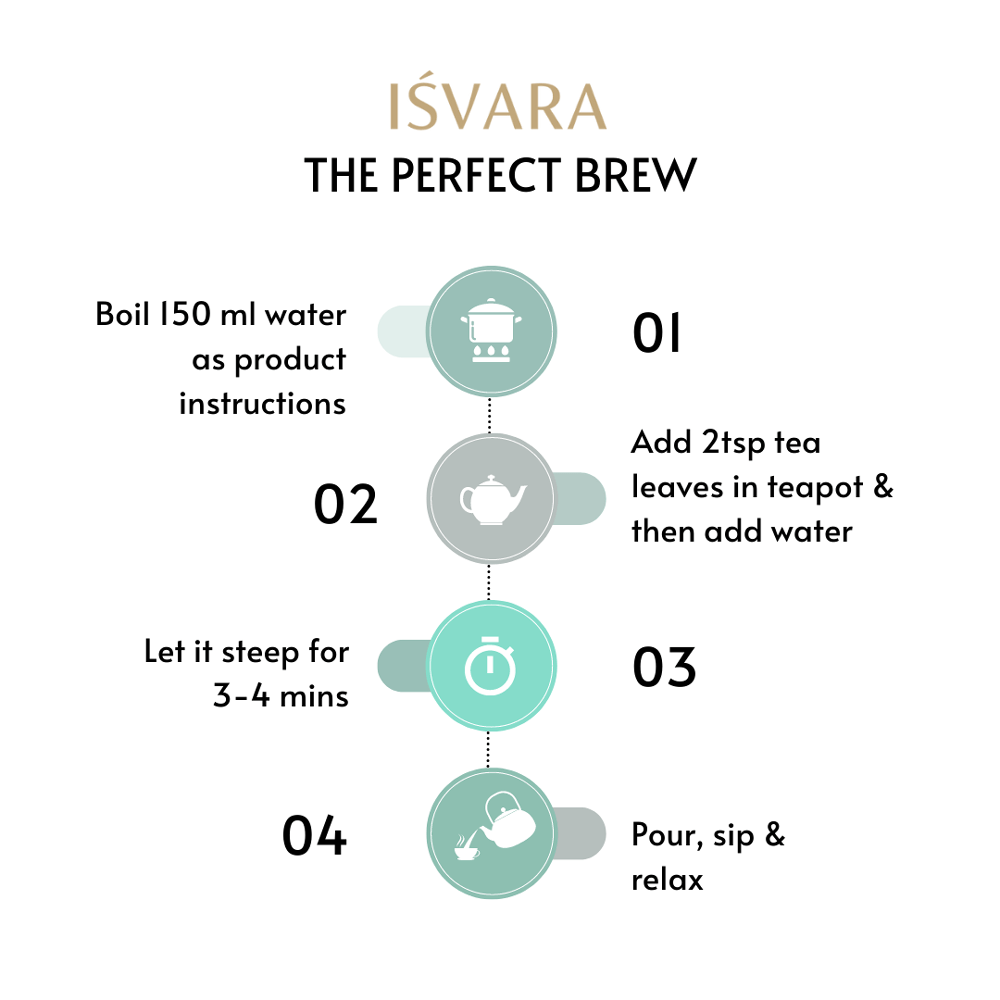
Share:
1 comment
I highly recommend this blog. Simply superb! And yeah ‘fast fashion isn’t free. Someone somewhere is paying’
https://tinytwig.in/
Basics to Starting your Sustainable Living Journey
Coping with Eco-Anxiety On Your Path to Sustainability